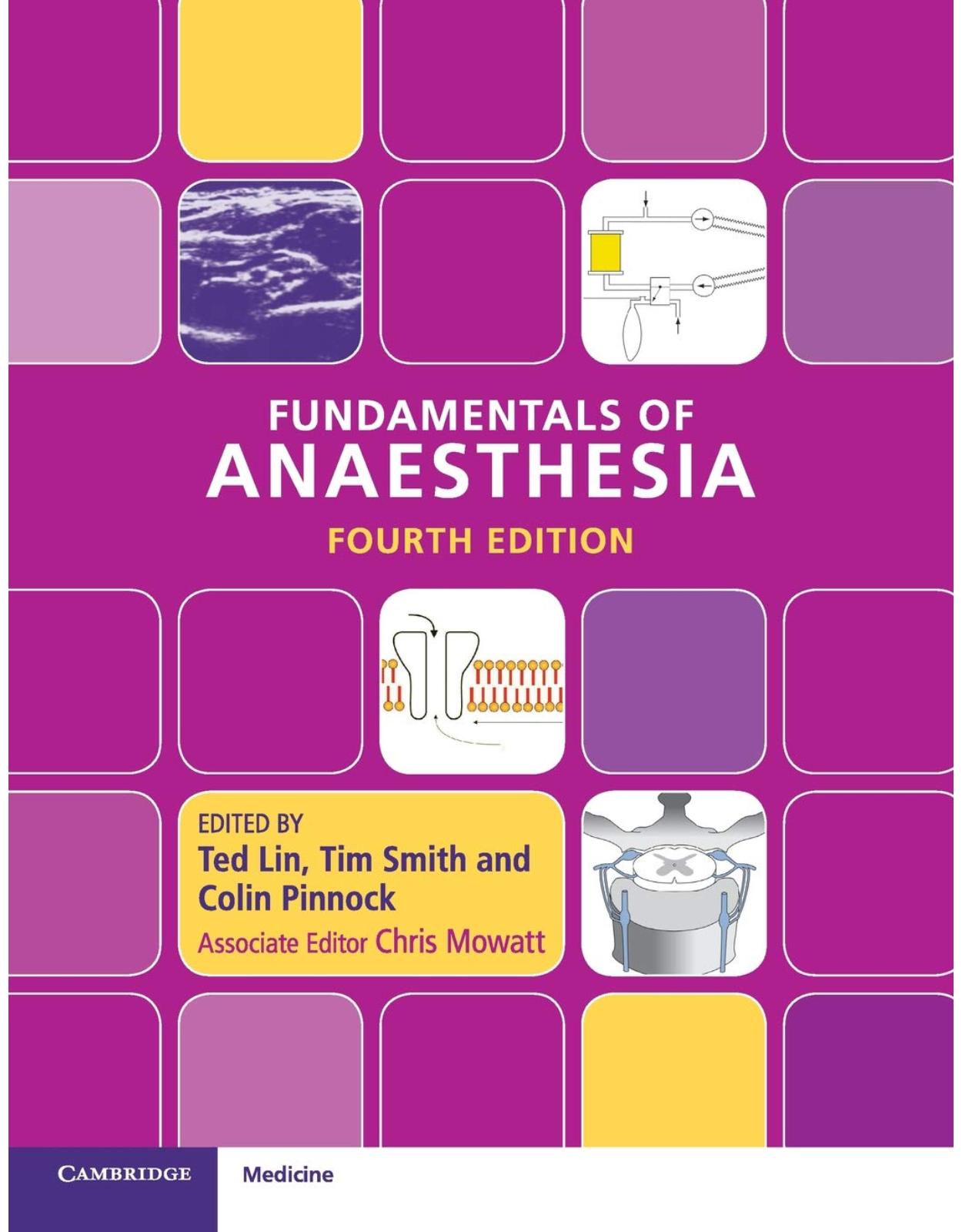
Fundamentals of Anaesthesia
Livrare gratis la comenzi peste 500 RON. Pentru celelalte comenzi livrarea este 20 RON.
Disponibilitate: La comanda in aproximativ 4 saptamani
Editura: Cambridge University Press
Limba: Engleza
Nr. pagini: 983
Coperta: Paperback
Dimensiuni: 18.9 x 4.98 x 24.6 cm
An aparitie: 1 Dec. 2016
Description:
Fundamentals of Anaesthesia is the gold standard text for the Primary FRCA, encapsulating the basic principles of modern anaesthesia in one easily accessible volume. Written and edited by experts with extensive FRCA examination experience, this text deliberately blends the expertise of invited authors in an unrivalled consistency of style more akin to that of a single author text. All of the subject matter required to pass the exam is condensed into an easy-to-read format. This fully updated fourth edition includes new guidelines, an improved chapter structure, and a new section on clinical ultrasound. The generous use of summary boxes, bullet points, tables and diagrams creates a text that is clear, concise and easy to navigate. Each section covers one of the four components of the SOE. This is a unique revision aid for the Primary FRCA and an essential companion for all exam candidates.
Table of Contents:
Preface to the first edition
Preface to the second edition
Preface to the third edition
Preface to the fourth edition
Acknowledgements
Alma Medical
Chapter 5
American College of Cardiology/American Heart Association
Chapter 1
Association of Anaesthetists of Great Britain and Ireland
Chapter 2
Chapter 4
Chapter 5
Chapter 7
Chapter 46
British Journal of Anaesthesia
Chapter 46
Difficult Airway Society (UK)
Chapter 2
Joint British Diabetes Societies
Chapter 5
Resuscitation Council (UK)
Chapter 8
The Sourcebook of Medical Illustration, ed. P. Cull. Carnforth: Parthenon Publishing Group, 1989
Chapter 7
Chapter 18
Abbreviations
Section 1 Clinical anaesthesia
Chapter 1 Preoperative management
Contents
Preoperative assessment
Screening
Preoperative assessment clinic
Preoperative assessment of functional capacity
Preoperative visit
The airway
Airway assessment
American Society of Anesthesiologists (ASA) scoring system
Preparation for anaesthesia
Premedication
Preoperative factors
Starvation
Fluid status
Correction of fluid balance
Electrolyte disturbances
Smoking
Concurrent medical disease
Respiratory disease
Viral infection
Asthma
Chronic obstructive pulmonary disease (COPD)
Pulmonary function tests
Cardiovascular disease
Hypertension
Drug treatment
Ischaemic heart disease (IHD)
Perioperative assessment of cardiac risk
The electrocardiogram
Other cardiac investigations
Implantable pacemakers and implantable cardioverter defibrillators (ICDs)
Surgical diathermy and pacemakers
Valvular heart disease
Aortic stenosis
Aortic regurgitation
Mitral stenosis
Mitral regurgitation
Tricuspid valve lesions
Pulmonary valve lesions
Haematological disease
Anaemia
Sickle cell disease
Clotting abnormalities
Musculoskeletal disease
Rheumatoid arthritis
Renal disease
Endocrine disease
Diabetes mellitus
Alcohol-related disease
Obesity
Cardiac disease
Respiratory disease
Metabolic disease
Venous thromboembolism
General considerations
Concurrent medication
Concurrent surgical disease
Intestinal obstruction
Acute abdominal emergencies
References and further reading
Chapter 2 Conduct of anaesthesia
Contents
Preoperative preparation
Induction
Inhalational induction
Intravenous induction
Alternative routes of induction
Airway management
Face mask
Supraglottic airway devices
Tracheal intubation
Indications
Technique
Direct laryngoscopy
Positioning
Laryngoscopy technique
Management of the difficult airway
Preoperative assessment
Preoxygenation
Awake fibreoptic intubation
Inhalational induction
Difficult intubation
Complications at induction
Allergic reactions
Management
Investigation
Malplaced endotracheal tube
Clinical signs
Objective measures
Intra-arterial injection
Special patient circumstances
Traumatic brain injury
The shocked patient
The patient with a full stomach
Risk factors
Prevention of aspiration
Rapid sequence induction
Management of pulmonary aspiration
References and further reading
Chapter 3 Intraoperative management
Contents
Positioning
Monitoring
Maintenance of anaesthesia
General anaesthesia
Awareness
Inhalational anaesthesia
Intravenous anaesthesia
Local anaesthesia
Analgesia
Ventilation
Mode of mechanical ventilation
Management of intraoperative fluid therapy
Critical incidents during anaesthesia
Hypoxia
Bronchospasm
Emboli
Hypotension
Cardiac arrhythmias
Bradycardia
Tachycardia
Massive haemorrhage
Malignant hyperthermia
Pathophysiology
Diagnosis and management
Safe discharge
Chapter 4 Postoperative management
Contents
Care of the unconscious patient
The recovery room
Patient transfer from operating theatre
Management
Patient discharge
Postoperative complications
Postoperative hypoxaemia
Clinical features
Upper airway obstruction
Clinical features
Management
Ventilation/perfusion (˙V/˙Q) mismatch
Atelectasis
Bronchopneumonia
Aspiration
Pulmonary oedema
Pneumothorax
Diffusion hypoxia
Inadequate pulmonary ventilation
Decreased ventilatory drive
Inadequate mechanical function of the respiratory muscles
Incomplete reversal of non-depolarising muscle blockade
Suxamethonium apnoea
Mivacurium apnoea
Neuromuscular disease
Diaphragmatic splinting
Pre-existing lung disease
Other causes of hypoxaemia
Hypertension
Hypotension
Cardiac arrhythmias
Thromboembolism
Deep venous thrombosis
Prophylaxis
Pulmonary embolus
Hypothermia and shivering
Failure to regain consciousness and confusion
Oxygen therapy
Indications
Techniques of administration
Humidification
Duration
Complications
Barotrauma
Loss of hypoxic ventilatory drive
Postoperative analgesia
Treatment of pain
Opioids
Intravenous opioids
Oral opioids
Spinal opioids
Non-steroidal anti-inflammatory drugs (NSAIDs)
Local anaesthetics
Pain assessment
Acute pain service
Postoperative nausea and vomiting
Prevention
Treatment
Postoperative fluid therapy
Physiology
Postoperative fluid loss
Clinical assessment
Fluid replacement
Sequelae of anaesthesia
Eye trauma
Airway trauma
Musculoskeletal trauma
Skin damage
Medico-legal issues
References and further reading
Chapter 5 Special patient circumstances
Contents
The pregnant patient
Analgesia in labour
Psychological methods
Complementary methods
Systemic analgesia
Epidural analgesia
Contraindications to epidural analgesia
Epidural technique
Ultrasound-guided epidural needle placement
Combined spinal–epidural in labour
Epidural test doses
Complications
Operative anaesthesia
Regional anaesthesia
General anaesthesia
Non-obstetric surgery in the pregnant patient
When to consider a patient pregnant
Non-obstetric surgery
Cell salvage in obstetric care
The paediatric patient
Assessment
Equipment
Fluid therapy
Analgesia
Specialist surgery
General and urological surgery
Orthopaedic surgery
Dental and ENT surgery
Dental surgery
ENT surgery
Ophthalmic surgery
Child protection
The elderly patient
Postoperative cognitive deficit
The head-injured patient
Applied physiology
Arterial PCO2
Arterial PO2
Cerebral perfusion pressure
Intracranial pressure
Temperature
Drugs
Management of head injury
Practical technique
Transfer of the head-injured patient
The day-case patient
Social circumstances
Surgical procedure
Medical fitness
Anaesthetic technique
Intraoperative
Postoperative
Admission facilities
The morbidly obese patient
Applied physiology
Anaesthesia
The metabolically compromised patient
Liver disease
Applied physiology
Assessment of patients with liver disease
Fluids
Anaesthetic technique
A note on repeat anaesthesia
Renal disease
Applied physiology
Anaesthetic technique and drugs
Diabetes mellitus
Complications
Effect of complications on anaesthesia
Elective surgery and the diabetic patient
Guidelines for the management of diabetic patients undergoing elective surgery
Preoperative
Perioperative
Postoperative
Day-case surgery
Emergency surgery
The management of fluids for diabetics during surgery
The management of diabetic drugs during surgery
Oral hypoglycaemics
Insulin
Continuous variable rate intravenous insulin infusion (CCVRIII)
Administration of CVRIII
Diabetic management under specific conditions
Patients undergoing surgery with a short starvation period (one missed meal)
Patients anticipated to have a long starvation period (two or more missed meals) or decompensated diabetes
Management of hyperglycaemia
Management of hypoglycaemia
Infective risk groups
Prion diseases
Hepatitis A
Hepatitis B
Hepatitis C
HIV/AIDS
Universal precautions
Needlestick injury
Latex allergy
Perioperative care
Jehovah’s Witnesses
Magnetic resonance imaging
References and further reading
Chapter 6 The surgical insult
Contents
General surgery
Laparotomy
Head and neck surgery
Rectum and anus
Laparoscopic cholecystectomy
Urological surgery
Transurethral resection of the prostate (TURP)
Radical prostatectomy
Cystectomy
Transurethral resection of bladder tumour (TURBT)
Nephrectomy
Percutaneous nephrolithotomy (PCNL)
Transvaginal tension-free tape (TVT)
Orthopaedic surgery
Joint replacement surgery
Laminectomy
Fractured neck of femur
Gynaecological surgery
Hysterectomy
Laparoscopy
Evacuation and termination (ERPC/STOP)
Ear, nose and throat surgery
Laryngoscopy
Tonsillectomy
Middle ear surgery
Tracheostomy
Ophthalmic surgery
Cataract surgery
Squint surgery
Retinal surgery
Penetrating eye injury
Dacryocystorhinostomy (DCR)
Oral and maxillofacial surgery
Dental extraction
Removal of wisdom teeth
Fractured mandible
Fractured zygoma
Fractured maxilla
Trismus
References and further reading
Chapter 7 Regional anaesthesia
Contents
General principles of management
Patient preparation
Local anaesthetic toxicity
Clinical effects of local anaesthetic toxicity
Systemic effects
Central nervous system
Cardiovascular system
Respiratory system
Other effects
Anaphylactoid reactions
Factors affecting toxicity of local anaesthetics
Dose
Absorption
Distribution
Metabolism
Plasma protein binding
Pregnancy
Management of local anaesthetic toxicity
Prevention
Treatment
Lipid emulsion
Insulin/glucose/potassium infusions
Performing the block
Perioperative management
Central neural blockade
Spinal anaesthesia
Indications for spinal anaesthesia
Anatomy
Physiology
Nervous system
Respiratory system
Cardiovascular system
Gastrointestinal system
Equipment
Technique
Drugs, doses and volumes
Complications
Headache
Neurological sequelae
Epidural anaesthesia
Indications
Anatomy
Physiology
Equipment
Technique
Drugs, doses and volumes
Injection of the local anaesthetic agent
Complications
Post-dural puncture headache
Back pain
Vertebral canal haematoma
Caudal anaesthesia
Indications
Anatomy
Physiology
Equipment
Technique
Drugs, doses and volumes
Complications
Ultrasound-guided regional anaesthesia (USGRA)
Advantages and disadvantages of USGRA
Performing a block with ultrasound guidance
Selection of ultrasound probe
Obtaining the best scan
Selection of needle and trajectory
Probe manoeuvres to optimise ultrasound images (P.A.R.T.)
Wrong-sided blocks
Injection of local anaesthetic
Peripheral nerve blockade
Brachial plexus block
Indications
Anatomy
Equipment
Techniques
Drugs, doses and volumes
Complications
Femoral nerve block
Indications
Anatomy
Technique
Drugs, doses and volumes
Complications
Ankle block
Indications
Anatomy
Technique
Drugs, doses and volumes
Complications
Abdominal wall blocks
Inguinal field block
Indications
Anatomy
Technique
Drugs, doses and volumes
Complications
Transversus abdominal plane (TAP) block
Indications
Anatomy
Technique
Drugs, doses and volumes
Complications
Penile block
Indications
Anatomy
Technique
Drugs, doses and volumes
Local anaesthesia of the upper airway
Indications
Anatomy
Technique
Intravenous regional anaesthesia (IVRA)
Indications
Equipment
Technique
Drugs, doses and volumes
References and further reading
Chapter 8 Principles of resuscitation
Contents
Cardiorespiratory arrest
Causes
Recognition
Cardiopulmonary resuscitation
Basic life support
Airway
Circulation
Rescue breathing
Special situations
Foreign-body airway obstruction
Cardiorespiratory arrest secondary to hypoxia
Advanced life support
Airway
Ventilation
Circulation
Shockable rhythms (VF/VT)
Electrical defibrillation
Non-shockable rhythms (pulseless electrical activity and asystole)
Drug usage
Adrenaline
Vasopressin
Atropine
Amiodarone
Lidocaine
Sodium bicarbonate
Calcium
Intralipid
Magnesium
Aminophylline
Fibrinolytics
Complications of CPR
Complications associated with defibrillator use
Transmission of infection
Neurological injury
Management of life-threatening peri-arrest arrhythmias
Bradycardias
Tachycardias
Broad complex tachycardia
Narrow complex tachycardia
Resuscitation of the pregnant patient
Causes
Basic life support
Advanced life support
Drug usage
Resuscitation of infants and children
Causes
Basic life support
Airway
Breathing
Circulation
Foreign-body airway obstruction
Advanced life support
Airway
Ventilation
Circulation
Non-shockable rhythms (asystole or PEA)
Shockable rhythms (VF/VT)
Drug usage
Adrenaline
Amiodarone
Atropine
Calcium
Magnesium
Sodium bicarbonate
Ethical considerations in CPR
Justification of resuscitation
Whose decision?
Withholding and withdrawing resuscitation
DNACPR orders in patients presenting for surgery
Presence of relatives during resuscitation attempts
References and further reading
Chapter 9 Major trauma
Contents
Pathophysiology of trauma and hypovolaemia
Physiological responses to haemorrhage
Systemic inflammatory response syndrome
Assessment and management of the trauma patient
Prehospital phase
Trauma networks
Preparation for resuscitation
Primary survey and resuscitation
Airway and cervical spine
Care of the cervical spine
Advanced airway management
Breathing
Tension pneumothorax
Open pneumothorax
Flail chest
Massive haemothorax
Cardiac tamponade
Chest drainage
Circulation
Intravenous access
Fluids
Fluid warming
Resuscitation end points
Hypotensive resuscitation
Disability
Exposure and environmental control
Tubes
Radiology
Secondary survey
Head
Face and neck
Thorax
Pulmonary contusion
Cardiac contusion
Blunt aortic injury
Rupture of the diaphragm
Oesophageal rupture
Tracheobronchial injury
Abdomen
Extremities
Spinal column
Medical history
Analgesia
Systemic analgesia
Local and regional analgesia
Management of burns
Anaesthesia for patients with severe trauma
Induction of anaesthesia
Intraoperative management
References and further reading
Section 2 Physiology
Chapter 10 Cellular physiology
Contents
Organisation and control
Cell functions
Intracellular functions
Extracellular functions
Local homeostatic responses
Intracellular control
Organ systems and homeostatic control
Negative feedback systems
Positive feedback systems
Cell structure
Basic cell morphology
Cytoplasm
Cytosol
Organelles
Cytoskeleton
Mitochondria
Endoplasmic reticulum (ER)
Ribosomes
Centrosome
Golgi apparatus
Intercellular junctions
Cilia
The cell membrane
Membrane functions
Membrane structure
Integral membrane proteins
Cell adhesion molecules (CAMs)
G proteins
Second messenger enzymes
Membrane transport of substances
Membrane transport mechanisms
Diffusion
Osmosis
Osmolarity
Osmotic pressure
Tonicity
Ion diffusion
Active transport
Primary active transport
Secondary active transport
Facilitated diffusion
Exo- and endocytosis
Cell nucleus
Nucleus and nucleolus
Nucleic acids
The human genome
Cell division
Protein synthesis
Control of protein synthesis
Cell communication
Chemical messengers
Properties of a ligand
Receptors
Receptor properties
Binding site modulation
Allosteric modulation
Covalent modulation
Membrane signal transduction
Membrane signal transduction mechanisms
Intracellular transduction
Second chemical messengers
Intracellular calcium
Ageing
Ageing and dyshomeostasis
Theories of ageing
Wear and tear
Adaptive evolution
Non-adaptive evolution
Chapter 11 Body fluids
Contents
Fluid compartment volumes
Total body water (TBW)
Intracellular fluid (ICF)
Extracellular fluid (ECF)
Plasma
Transcellular fluid
Measurement of fluid compartment volumes
Solutions and semipermeable membranes
Concentration of a solution
Amount of solute
Chemical and electrochemical activity of a solution
Equivalent weight
Movement of water across a membrane
Osmotic pressure
Calculation of osmotic pressure from molality of a solution
The osmole
Osmolality and osmolarity of a solution
Osmolality of body fluids
Regulation of body fluid osmolality
Measurement of osmolality
Tonicity of a solution
Plasma colloid osmotic pressure
Distribution of a solute across a membrane
Gibbs–Donnan effect
Composition of body fluids
Intracellular fluid
Interstitial fluid
Plasma
Albumin
Immunoglobulins
Transcellular fluids
Intravenous fluids
Composition of IV fluids
Distribution of IV fluids in fluid compartments
Maintenance fluid requirements
Fluid requirements in the perioperative period
Disorders of water and electrolyte balance
Sodium and water
Disturbances of total body water
Abnormalities of plasma sodium
Hypernatraemia
Treatment of hypernatraemia
Hyponatraemia
Treatment of hyponatraemia
Potassium
Calcium
Magnesium
Acid–base imbalance and electrolyte replacement
Metabolic acidosis
Metabolic alkalosis
Strong ions
Special fluids
Lymph and the lymphatic system
Cerebrospinal fluid (CSF)
Circulation of CSF
Composition of CSF
Ionic homeostasis
CNS chemoreceptor respiratory control
Intraocular fluid
Pleural fluid
Chapter 12 Haematology and immunology
Contents
Red blood cells
Erythropoiesis
Haemoglobin
Structure and function of haemoglobin
Effect of CO2, H+
Effect of 2,3-DPG
Genetic control of haemoglobin and haemoglobinopathies
Sickle cell disease
Pathophysiology
Clinical features: sickle trait
Clinical features: sickle cell disease
Diagnosis
Medical management
Perioperative management
Thalassaemias
Alpha-thalassaemia
Beta-thalassaemia
Homozygous β-thalassaemia – thalassaemia major (Cooley’s anaemia)
Beta-thalassaemia trait
Transfusion medicine
ABO system
Rhesus system
Group and screen
Red cell selection and cross-matching
Emergency situations
Transfusion reactions
Immediate life-threatening reactions
Immediate haemolytic transfusion reactions
Anaphylaxis
Delayed life-threatening reactions
Bacterial contamination
Transfusion-related acute lung injury (TRALI)
Congestive cardiac failure (usually LVF)
Non-life-threatening reactions
Febrile non-haemolytic transfusion reactions (FNHTR)
Urticarial reactions
Delayed haemolytic transfusion reactions
Use of blood components
Haemostasis
Extrinsic pathway
Prothrombin time (PT)
Intrinsic pathway
Activated partial thromboplastin time (APTT)
Final common pathway
Thrombin time (TT)
‘In vivo’ coagulation
Natural inhibitors of coagulation
Tissue factor pathway inhibitor
Antithrombin
Protein C system
Fibrinolysis
Platelets
Platelet aggregation
Prostaglandin metabolism in platelets
Platelet adhesion
Platelet shape change
Platelet release reaction
von Willebrand factor
The immune system
Innate defences
Phagocytosis
Cytokines
The complement cascade
Formation of the membrane attack complex
Adaptive defences
Antigen presentation
MHC proteins
Antibody-mediated response
Antibody structure, subtypes and diversity
Primary and secondary antibody responses
Cell-mediated immunity
T-cell receptors (TCRs)
Interaction between antigen-presenting cells (APCs) and T lymphocytes
CD4 and CD8 co-receptors
T-cell mechanisms
Cytotoxic T cells (Tc)
Other cytotoxic cells
The inflammatory response
Mediators of inflammation
The kinin system
Histamine and leukotrienes (B4 and D4)
Neutrophil adhesion and migration across the endothelium
Tumour necrosis factor
Complement
Hypersensitivity
Type I
Type II
Type III
Type IV
Immunodeficiency
HIV and AIDS
Chapter 13 Muscle physiology
Contents
Skeletal muscle
Anatomy of skeletal muscle
Macroscopic structure
Microscopic structure
Thin myofilament
Thick myofilament
Muscle contraction
Excitation–contraction coupling
Mechanics of skeletal muscle contraction
Single fibre
Motor unit
Motor unit summation
Frequency summation
Muscle tone
Rigor mortis
Skeletal muscle fibre types
Modulation of the motor response
Muscle spindles
Golgi tendon organs
Muscle metabolism
Phosphorylation of ADP by creatine phosphate
Glycolytic phosphorylation
Oxidative phosphorylation in mitochondria
Metabolic fuel
Smooth muscle
Anatomy of smooth muscle
Speed and force of contraction in smooth muscle
Smooth muscle control
Chapter 14 Cardiac physiology
Contents
The heart
Structure of cardiac muscle
Sarcoplasmic reticulum
Differences between cardiac muscle and skeletal muscle
Excitation–contraction coupling
Cardiac action potentials
Fast-response action potential
Resting membrane potential (RMP)
Phase 0 – rapid depolarisation
Phase 1 – early rapid repolarisation
Phase 2 – plateau phase
Phase 3 – final rapid repolarisation
Phase 4 – restoration of ionic concentrations and resting state
Atrial cell action potentials
Excitability of cardiac cells
Refractoriness
Pacemaker cells
Slow-response action potential
Phase 4 – restoration of ionic gradients and resting state
Phase 0 – rapid depolarisation
Phase 3 – repolarisation
Ion channels and action potentials
Automaticity of pacemaker cells
Pacemaker discharge rate
Conduction system anatomy
Conduction system defects
The electrocardiogram
ECG waves and the cardiac cycle
Electrical axis of the heart
ECG leads
Standard limb leads I, II, III
Unipolar limb leads aVR, aVL, aVF
Precordial chest leads
Anatomical orientation of ECG electrodes
Calculation of cardiac axis
Monitoring in the operating room
Physiological cardiac arrhythmias
Sinus rhythm
Sinus arrhythmia
Sinus bradycardia
Sinus tachycardia
Effects of electrolyte changes on the ECG
Hypokalaemia
Hyperkalaemia
Hypocalcaemia
Hypercalcaemia
Hypomagnesaemia
Hypermagnesaemia
Hyponatraemia
Alkalosis and acidosis
The cardiac cycle
The ventricles
Systolic function
Left ventricular pressure
Right ventricular pressure
Ventricular volume
Aortic pressure
Atrial pressure
Diastolic function
The cardiac valves
Heart sounds and murmurs
Central venous pressure (CVP)
The cardiac pump
The ventricular pressure–volume loop
Ventricular end-diastolic pressure–volume relationship
Ventricular end-systolic pressure–volume relationship
The Frank–Starling curve
The Frank curve
The Starling curve
The Frank–Starling relationship
The Frank–Starling curve and cardiac failure
The force–velocity curve for cardiac muscle
Stroke volume
Ejection fraction
Measurement of stroke volume
Ventriculography
Echocardiography
Transoesophageal echocardiography
Thoracic impedance
Cardiac output
Cardiac output measurement
Indicator dilution techniques
Thermodilution
Dye dilution
Fick method
Doppler techniques
Control of cardiac pump function
Factors determining stroke volume
Preload
Factors affecting preload
Measurement of preload
Limitations of CVP and PCWP as measures of preload
Afterload
Factors affecting afterload
Measurement of afterload
Contractility
Factors affecting contractility
Ventricular work done during systole
Other methods of measuring contractility
Heart rate
Autonomic control of pacemaker discharge rate
Cardiovascular reflexes
Effects of heart rate on cardiac output
Cardiovascular coupling
Ventriculoarterial coupling
Ventriculovenous coupling
Ventricular interdependence
Cardiac failure
Chapter 15 Physiology of the circulation
Contents
Blood vessels
Structure and function
Blood vessel diameter and wall thickness
Blood vessel function
Pressure and flow in the vascular system
Flow and flow velocity
Flow through the systemic circulation
Vascular resistance
Flow in a single vessel
Blood viscosity
Arterial system
Arterial factors
Flow velocity
Pressure wave
Mean arterial pressure
Compliance
Determination of arterial compliance
Determinants of systolic and diastolic pressures
Technological factors affecting arterial blood pressure
Venous system
Venous circulation
Gravity and the venous system
Jugular venous pressure (JVP)
Cerebral venous pressure and air embolism
Thoracic pump
Microcirculation and lymphatic system
Structure of a capillary network
Capillaries and endothelium
Capillary exchange
Diffusion across capillary walls
Starling forces and filtration
Capillary filtration equilibrium
The lymphatic system
Lymphatic vessels
Tissue oedema
Control of the circulation
Resistance vessels and capacitance vessels
Arterioles
Vascular smooth muscle
Intrinsic mechanisms controlling blood flow
Autoregulation
Metabolic regulation
Mechanical responses of smooth muscle
Myogenic mechanism
Endothelial mechanism
Endothelial factors
Extrinsic humoral control of blood flow
Catecholamines
Vasopressin
Angiotensin
Atrial natriuretic peptide (ANP)
Kinins
Histamine
Other polypeptides
Extrinsic neurological control of blood flow
Vasomotor centres in the CNS
Efferent pathways
Afferent pathways
Influence of higher centres on vasomotor tone
Baroreceptors
Carotid and aortic baroreceptor reflex
Cardiopulmonary baroreceptor reflex
Bainbridge reflex
Pulmonary stretch receptors
Chemoreceptor reflexes
Pain reflexes
Blood volume
Central venous pressure and blood volume
Control of blood volume
Circulatory control under special circumstances
Haemorrhage
Valsalva manoeuvre
Exercise
Moderate exercise levels
Regional blood flow during exercise
Skeletal muscle during exercise
Cardiac output in exercise
Venous return and blood volume in exercise
Arterial pressure
Severe exercise and exhaustion
Special circulations
Coronary circulation
Coronary blood flow
Factors determining coronary blood flow
Cardiac ischaemia
Cerebral circulation
Cerebral blood flow
Regulation of cerebral blood flow
Raised intracranial pressure (ICP)
Blood–brain barrier
Chapter 16 Renal physiology
Contents
Anatomy
Blood supply of the kidneys
Nerve supply of the kidneys
The nephron
The glomerular filter
The tubular system
The urogenital system
Renal excretion of waste products
Glomerular filtration
Size of molecules for filtration
Charge of the glomerular basement membrane
The glomerular capillary coefficient (KF)
GFR and colloid osmotic pressure gradient
GFR and renal plasma flow (RPF)
GFR and hydrostatic pressure gradient
GFR and blood pressure
The juxtaglomerular complex
Tubular reabsorption and secretion
The proximal tubule
The loop of Henle
The countercurrent mechanism
Long and short loops of Henle
The distal tubule
Tubular transport
General mechanisms of transport
Water reabsorption
Rates of tubular reabsorption
Peritubular capillary reabsorption
Measurement of renal function
Glomerular filtration rate (GFR)
Renal clearance
Renal plasma flow
Renal control of extracellular osmolarity
Hyperosmolar medullary interstitium
Sodium chloride
The countercurrent mechanism
Urea
Vasa recta
Control of water reabsorption by antidiuretic hormone
Water clearance
Renal control of sodium
Renal control of extracellular fluid volume
Reduction in extracellular fluid volume
Renal effects of angiotensin II
Increase in extracellular fluid volume
Hypertension
Renal control of acid–base balance
Physiological buffers
The bicarbonate buffer system
Renal mechanisms for pH control
Reabsorption of filtered bicarbonate
Generation of bicarbonate in the tubular cells
Secretion of H+ in exchange for sodium
H+ buffering by ammonia
H+ buffering by phosphate
Metabolism of glutamine
Renal changes occurring in acidosis and alkalosis
Persisting acidosis
Renal control of extracellular potassium
In hyperkalaemia
In hypokalaemia
Renal control of calcium and phosphate metabolism
Calcium regulation
Phosphate reabsorption
Hypocalcaemia
Actions of 1,25-dihydroxycholecalciferol
Actions of parathyroid hormone
Calcium and phosphate in chronic kidney disease
Pathophysiological mechanisms in the nephron
Glomerular disease
Acute tubular necrosis
Acute tubulointerstitial nephritis
Acute cellular rejection
Chronic tubulointerstitial nephritis
Renal stones
Micturition
Drugs and the kidney
Chapter 17 Respiratory physiology
Contents
Functional anatomy
Upper airway and larynx
Conducting airways
Adult trachea (generation 1)
Major bronchi (generations 2–4)
Small bronchi (generations 5–11)
Bronchioles (generations 12–16)
Respiratory areas of the lung
Respiratory bronchioles (generations 17–19)
Alveolar ducts and sacs (generations 20–23)
Alveolar–capillary membrane
Blood vessels and lymphatics
Lung volumes
Lung volumes derived from spirometry
Vital capacity
Functional residual capacity
Measurement of FRC
Closing capacity
Dynamic lung volumes
Ventilation
Dead space
Anatomical dead space
Alveolar dead space
Alveolar volume
Alveolar ventilation
Physiological dead space
Respiratory mechanics
The respiratory muscles and their actions
Inspiration
Diaphragm
Accessory respiratory muscles
Expiration
Compliance of the chest wall and lungs
Intrapleural pressure
Transpulmonary pressure
Lung compliance
Chest wall compliance
Total respiratory system compliance
Measurement of respiratory system compliance
Static compliance
Dynamic compliance
Factors decreasing respiratory system compliance
Pressure–volume loop for the respiratory system
Surfactant
Distribution of ventilation
Gravitational model for distribution of ventilation and perfusion
Structural model for distribution of ventilation and perfusion
Gas flow in the airways
Airway resistance
Pattern of gas flow
Turbulent flow
Location of airway resistance
Measurement of airway resistance
Work of breathing
Gas exchange
Alveolar oxygen tension
Alveolar carbon dioxide tension
Gas diffusion from alveoli to blood
Oxygen transport in the blood
Haemoglobin
Oxygenation of haemoglobin
Oxyhaemoglobin dissociation curve
‘Left shift’ of the ODC
‘Right shift’ of the ODC
Bohr effect
Oxygen content of blood
Oxygen delivery (ḊO2) and oxygen uptake (V̇O2)
Carbon dioxide transport
Haldane effect
Body stores of oxygen and carbon dioxide
Pulmonary circulation
Pulmonary vascular resistance
Hypoxic pulmonary vasoconstriction
Pulmonary hypertension
Distribution of perfusion
Functional zones of the lung
Zone 1
Zone 2
Zone 3
Ventilation/perfusion ratio (V̇/Q̇)
Distribution of V̇/Q̇ ratios in the lung
Alveolar–arterial PO2 difference
Physiological shunt (venous admixture, shunt fraction)
Control of ventilation
Central control of ventilation
Medullary centres
Pontine centres
Respiratory control by higher centres
Reflexes in the control of ventilation
Chemoreceptors
Chemical and irritant receptors
Pressure-sensitive receptors
‘J’ receptors
Pulmonary stretch receptors
Golgi tendon organs
Muscle spindles
Response of ventilation to carbon dioxide tension
Response of ventilation to oxygen tension
Non-respiratory lung functions
Defence mechanisms
Blood filtration
Metabolic functions of the lung
Lung function at high altitude
Inspired oxygen tension (PIO2) at high altitude
Hyperventilation at altitude
Acclimatisation
Ventilation/perfusion matching at altitude
High-altitude disease
References and further reading
Chapter 18 Physiology of the nervous system
Contents
Structure and function of neurones
The ionic basis of membrane potential
Membrane potential at rest
Characteristics of the action potential
Synaptic transmission
Structure of a synapse
Synaptic mechanism
Sensory receptors
Organisation of the nervous system
Coverings of the central nervous system
Cortex
Higher functions of the cerebral cortex
Consciousness
Language
Memory
Basal ganglia
Cerebellum
Brainstem
Cerebral circulation
Regulation of cerebral blood flow
Pressure autoregulation
Flow–metabolism coupling
Arterial blood gases
Carbon dioxide tension
Arterial oxygen tension
Neurogenic regulation
Spinal cord
Structure of the spinal cord
Descending tracts
Ascending tracts
Spinal cord transection
Complete transection
Hemisection of the spinal cord (Brown-Séquard syndrome)
Blood supply of the spinal cord
The reflex arc
Monosynaptic stretch reflex
Polysynaptic withdrawal reflex
Structure of muscle spindles
Function of muscle spindles
Motor function
Cerebral cortex
Cerebellum
Basal ganglia
Control of posture
Spinal cord components
Brainstem components
Midbrain components
Cortical components
Cerebrospinal fluid (CSF)
Intracranial pressure (ICP)
Factors affecting ICP
The relationship between ICP and volume
Cerebrospinal fluid (CSF)
Cerebral blood volume
Arterial blood gases
Cerebral metabolism
Jugular venous pressure
Special senses
Vision
Structure of the eye
The retina
The visual pathway
Hearing
Structure of the ear
Mechanism of hearing
Taste and olfaction
Taste
Olfaction
Autonomic nervous system
Sympathetic nervous system
Parasympathetic nervous system
Neurotransmitters and receptors in the autonomic nervous system
Consequences of autonomic stimulation
Limbic system
Hippocampus and amygdala
Hypothalamus
Control of body temperature
Control of pituitary secretion
Water balance
Food intake
Behavioural functions
Chapter 19 Physiology of pain
Contents
Nociception
Nociceptors
Cellular functions of nociceptors
Nociceptor ion channels
Nociception and inflammatory mediators
The dorsal root ganglion
The dorsal horn
Interneurones
The primary synapse
Neurotransmitters in the pain system
Receptors in the primary synapse
Ascending tracts
Sensory discriminative pathways
Affective pathways
The thalamus
Cortical sites of pain projection
Sensitisation of the pain system
Peripheral sensitisation
Central sensitisation
Modulation of pain
The ‘gate control’ theory
Examples of ‘gating’ at spinal level
Descending modulatory system
Neuromodulators in the pain system
Endogenous opioids
Clinical aspects of pain
Phasic pain, acute pain and chronic pain
Phasic pain
Acute pain
Chronic pain
Chronic pain conditions
Physiological and pathological pain
Physiological pain
Pathological pain
Hyperalgesia
Neuropathic pain
Pain descriptors and localisation
Joint pain
Muscular pain
Visceral pain
Headache
Qualitative descriptors of pain
Psychology of pain
Emotional response
Cognitive response
Behavioural response
Pain management
Acute (postoperative) pain management
Chronic pain management
Pharmacology
Local anaesthetic techniques
Physiotherapy
Complementary techniques
Psychological techniques and pain management programmes
Chapter 20 Gastrointestinal physiology
Contents
Gastrointestinal motility
Patterns of motility
Basal electrical rhythm (BER)
Peristalsis
Regulation mechanisms
Swallowing
Oral stage
Pharyngeal stage
Oesophageal stage
Oesophagus
Barrier pressure
Stomach
Gastric emptying
Small and large bowel
Secretory functions
Salivary glands
Gastric secretion
Constituents of gastric secretion
Hydrochloric acid
Pepsinogens
Mucus
Intrinsic factor
Phases of gastric secretion
Pancreatic secretion
Pancreatic juice
Control of pancreatic secretion
Biliary secretion
Bile
Control of biliary secretion
Digestion and absorption
Carbohydrate
Protein
Lipid
Fluid and electrolytes
Water absorption
Sodium and chloride
Vitamins and minerals
Nausea and vomiting
Vomiting reflex
Pre-ejection
Ejection
References and further reading
Chapter 21 Metabolism and temperature regulation
Contents
Nutrition
Carbohydrates
Proteins
Lipids
Vitamins and minerals
Energy balance
Basal metabolic rate (BMR)
Measurement of BMR
Respiratory quotient (RQ)
Metabolism
Organisation
Adenosine triphosphate (ATP)
Activated carriers
Control of metabolism
Insulin
Glucagon
Adrenaline and noradrenaline
Carbohydrate metabolism
Glycolysis
Rapoport–Leubering shunt
Glycogenolysis
Gluconeogenesis
Pentose phosphate pathway
Oxidation of pyruvate to acetyl-CoA
Citric acid cycle
Oxidative phosphorylation
Defects in carbohydrate metabolism
Protein metabolism
Amino acid pool
Transamination and deamination
Defects in amino acid metabolism
Nitrogen balance
Urea cycle
Creatine and creatinine
Purines and pyrimidines
Purines
Pyrimidines
Lipid metabolism
Free fatty acids (FFAs)
Beta-oxidation of fatty acids
Fatty acid synthesis
Plasma lipoproteins
Cholesterol
Eicosanoids
Ketones
Starvation
Fed state
Initial 12–24 hours
24 hours to 4 days
After 4 days
Exercise
The liver
Structure
Metabolic functions
Protein synthesis
Albumin
Globulins
Clotting factors
Protein catabolism
Carbohydrate metabolism
Lipid metabolism
Detoxification
Drug metabolism
Body temperature and thermoregulation
Physiological mechanisms
Thermoregulatory responses
Disturbances of thermoregulation
Fever
Malignant hyperpyrexia
Other causes of hyperpyrexia
Hypothermia
Hypothermic effects of anaesthesia and surgery
References and further reading
Chapter 22 Endocrine physiology
Contents
Classification of hormones
Polypeptides
Glycoproteins
Steroids
Amines
Indole and fatty acid derivatives
Cellular action of hormones
Hormone receptors
Mechanisms of hormonal action
Direct effects on cell membranes
Effects via second messengers
Effects on protein synthesis
Control of hormone production
Hypertrophy and atrophy
Pituitary gland
Anatomy
Embryological development of the pituitary
Anterior lobe of pituitary
Posterior lobe of pituitary
Pituitary hormones
Functions of individual hormones
Thyroid-stimulating hormone (TSH)
Adrenocorticotropic hormone (ACTH)
Growth hormone (GH)
Prolactin
Follicle-stimulating hormone (FSH)
Luteinising hormone (LH)
Vasopressin (antidiuretic hormone, ADH)
Oxytocin
Deficiency and excess of pituitary hormones
Control of pituitary hormones
Thyroid gland
Anatomy
Thyroid hormones
Synthesis of thyroid hormones
Secretion, transport and metabolism of thyroid hormones
Control of thyroid hormone secretion
Mechanism of action of thyroid hormones
Deficiency and excess of thyroid hormones
Deficiency (hypothyroidism)
Excess (hyperthyroidism)
Parathyroid glands
Anatomy
Parathyroid hormone
Action and regulation
Other hormones affecting calcium levels
Vitamin D
Calcitonin
Glucocorticoids and others
Deficiency and excess of parathyroid hormones
Deficiency
Excess
Adrenal glands
Adrenal cortex
Mineralocorticoids
Glucocorticoids
Adrenocortical androgenic hormones
Adrenal medulla
Stimulus and control of medullary hormones
Abnormalities of adrenal gland function
Adrenal insufficiency
Adrenal excess
Pancreas
The islets of Langerhans
Insulin
Glucagon
Somatostatin
Pancreatic polypeptide
Role of the pancreatic hormones in metabolism
Role of other hormones in carbohydrate metabolism
Deficiency and excess
Deficiency of insulin
The effects of diabetes mellitus
Excess of insulin
References and further reading
Chapter 23 Physiology of pregnancy
Contents
Pregnancy
Cardiovascular system
Cardiac output
Heart rate and stroke volume
Systemic vascular resistance and blood flow to organs
Blood pressure
Aortocaval compression
Electrocardiogram (ECG) and echocardiogram
Heart sounds
Venous pressure
Haematology
Blood volume
Immune system
Coagulation
Plasma proteins
Fluid compartments
Respiratory system
Anatomical changes
Lung mechanics and volumes
Minute ventilation (MV)
Diffusing capacity
Blood gases
Dyspnoea during pregnancy
Pulmonary circulation
Oxygen consumption
Gastrointestinal system
Barrier pressure
Gastric secretion
Gastric emptying
Central nervous system
Epidural space
Subarachnoid space
Sympathetic nervous system
Drugs and the nervous system
Endocrine system
Melanocyte-stimulating hormone
Thyroid gland
Adrenal gland
Pituitary gland
Pancreas
Renal function
Liver and biliary system
Musculoskeletal system
Weight gain
The placenta
Embryology and anatomy
Uterine blood flow
Placental transport
Mechanisms of placental transport
Substances crossing the placenta
Oxygen
Carbon dioxide
Glucose
Amino acids
Fatty acids
Electrolytes and water
Proteins
Hormone secretion
Immunological functions of the placenta
Placental transfer of drugs
Measurement of placental drug transfer
Factors affecting placental drug transfer
Lipid solubility
Degree of ionisation
pH of maternal blood
Protein binding
Molecular weight of drug
Materno-fetal concentration gradient
Placental blood flow
Placental transfer of individual drugs
Opioids
Local anaesthetic agents
Inhalational agents
Induction agents
Muscle relaxants
Anticholinergics
Vasopressors
Benzodiazepines
References and further reading
Chapter 24 Fetal and newborn physiology
Contents
Fetal circulation
Newborn circulation
The heart
Pulmonary function
Newborn ventilatory control
Renal function
Hepatic function
Thermoregulation
Nociception
Section 3 Pharmacology
Chapter 25 Physical chemistry
Contents
Intermolecular and interatomic bonds
Atomic structure
Valency
Ionic bonds
Covalent bonds
Dative bonds
Van der Waals forces
Hydrogen bonds
Hydrophobic bonds
Emulsions
Strength of intermolecular bonds
Oxidation and reduction
Diffusion
Simple diffusion
Non-ionic diffusion
Solubility and partition coefficients
Osmosis
Pharmacological aspects of osmosis
Drug isomerism
Structural isomerism
Chain isomerism
Position isomerism
Functional group isomerism
Dynamic isomerism
Stereoisomerism
Optical isomerism
Classification
Physiological stereoisomers
Pharmacological considerations
Cis–trans (geometric) isomerism
Protein binding
Plasma protein binding
Features of plasma proteins
Factors affecting binding
Effects of changes in binding
References and further reading
Chapter 26 Pharmacodynamics
Contents
Concentration–effect relationships
Drug–receptor kinetics
Key equation 1
Key points
Example
Additional terms used
Key equation 2
Key points
Additional terms used
Key equation 3
Key points
Efficacy and drug–receptor interactions
Agonists
Example
Receptors with multiple molecular binding sites
Key equation 4
Partial agonists
Reversible competitive antagonists
Key equation 5
Irreversible competitive antagonists
Key equation 6
Lineweaver–Burk plot
Variations from predictions
Occupancy–response inconsistencies
Hysteresis
General variation
Interactions of drugs with similar effects
Pharmacogenetics
Enzymes
Chapter 27 Pharmacokinetics
Contents
Drug administration
Absorption
Enteral administration
Advantages
Disadvantages
First-pass effect
Bioavailability
Parenteral administration
Advantages
Disadvantages
Intramuscular
Transdermal
Inhaled
Distribution
Blood flow to tissues
Drug uptake by tissues
Active transport
Protein binding
Placental transfer
Elimination
Enterohepatic circulation
Biotransformation
Extraction ratio
Excretion
Pharmacokinetic models
Compartment models
One-compartment model
Two-compartment model
Three-compartment model
Water analogue model
Volume of distribution
Elimination kinetics
Zero-order kinetics
First-order kinetics
Half-lives and time constants
Step 1
Step 2
Step 3
Step 4
Step 5
Clearance
Effective levels
Context-sensitive half-life
Chapter 28 Mechanisms of drug action
Contents
Physicochemical mechanisms
Charge neutralisation
Osmotic effects
Adsorption
Chelation and inclusion complexes
Pharmacodynamic mechanisms
Drug–cell membrane receptors
Ligand-gated ion channels
Cys-loop pentameric receptors
Ionotropic glutamate receptors
Ionotropic purinergic receptors: P2X subtypes
G-protein-coupled receptors (GPCRs)
Other transmembrane messenger systems
Voltage-gated ion channels
Intracellular receptors
Intracellular hormone receptors
Adrenal steroid hormones
Intracellular membrane-bound receptors
Pharmacokinetic actions
Drug interactions with enzymes
Interaction with neurotransmitter metabolism
Acetylcholine: acetylcholinesterase
Catecholamine neurotransmission
GABA metabolism
Immunomodulatory action
Drug interactions with transport proteins
Mechanisms of general anaesthetic action
Anatomical sites of action
Molecular theories
Membrane lipids
Protein site(s) of action
The evidence for a protein site of action
GABAA receptor
Glycine receptor
NMDA receptor
Adverse effects
Physicochemical effects
Pharmacodynamic effects
Regulation of receptor activity and unwanted effects
Pharmacokinetic effects
Idiopathic adverse effects
Hypersensitivity reactions
Pharmacogenetic influences
Mechanisms of drug interactions
Physicochemical
Pharmacokinetic
Pharmacodynamic
Chapter 29 Anaesthetic gases and vapours
Contents
Administration
Uptake of inhaled anaesthetic agents
Delivery phase
Pulmonary phase
Inhaled concentration
Alveolar ventilation
Diffusion
Blood/gas partition coefficient
Partial pressure of volatile agent in the pulmonary artery
Pulmonary blood flow
Ventilation/perfusion distribution
Concentration effect
Second gas effect
Circulatory phase
Cardiac output
Cerebral blood flow (CBF)
Distribution to other tissues
Minimum alveolar concentration (MAC)
The ideal volatile agent
Specific pharmacology
General features
Physical
Clinical
Central nervous system
Relative effects
Respiratory system
Relative effects
Cardiovascular system
Relative effects
Muscle relaxation
Metabolic rate
Toxicity
Soda lime
Immune system
Desflurane
Halothane
Isoflurane
Sevoflurane
Compound A
‘Wet’ and ‘dry’ formulations
Nitric oxide
Nitrous oxide
50% Nitrous oxide in oxygen (Entonox)
Xenon (Xe)
Chapter 30 Hypnotics and intravenous anaesthetic drugs
Contents
General features
Pharmacokinetics
Adverse reactions
The ideal agent
Barbiturates
Chemical structure
Structure–activity relationship
Clinical effects
Complications associated with barbiturate usage
Porphyria
Subcutaneous extravasation
Intra-arterial injection
Thiopental
Physical
Clinical
Central nervous system
Cardiovascular system
Respiratory system
Other effects
Metabolism
Complications
Steroids
Physical
Clinical
Central nervous system
Cardiovascular system
Respiratory system
Other effects
Complications
Eltanolone (pregnanolone)
Hydroxydione
Minaxolone
ORG 20599 and ORG 21465
Butyrophenones
Phencyclidine derivatives
Physical
Pharmacodynamics
Clinical
Central nervous system
Cardiovascular system
Respiratory system
Other effects
Metabolism
Imidazoles
Physical
Clinical
Central nervous system
Cardiovascular system
Respiratory system
Other effects
Metabolism
Phenols
Physical
Clinical
Central nervous system
Cardiovascular system
Respiratory system
Other effects
Metabolism
Complications
Benzodiazepines
Chemical
Pharmacokinetics
Clinical
Central nervous system
Cardiovascular system
Respiratory system
Other effects
Metabolism
Diazepam
Midazolam
Lorazepam
Temazepam
Flumazenil
Cautions
Other hypnotic agents
Buspirone
Chloral and related drugs
Clinical effects
Central nervous system
Cardiovascular system
Respiratory system
Metabolism
Cautions
Meprobamate
Zolpidem
Zopiclone
Specific pharmacology
Diazepam
Etomidate
Flumazenil
Ketamine hydrochloride
Midazolam hydrochloride
Propofol
Sodium thiopental
Chapter 31 Analgesic drugs
Contents
Opioids
Classification
Structure–activity relationships
Opioid receptors
Classification
MOP
DOP
KOP
NOP
Sigma receptor
Pharmacodynamics
Clinical effects
CNS effects
Cardiovascular effects
Effects on other organ systems
Side effects
Opioid-specific effects
Opioid metabolites
Pharmacokinetics
Administration
Distribution
Receptor kinetics
Elimination
Morphine
Diamorphine
Codeine
Pethidine
Fentanyl and sufentanil
Remifentanil
Patient factors influencing opioid pharmacokinetics and pharmacodynamics
Opioid drug interactions
Opioid antagonists
Naloxone
Naltrexone
Tramadol
Non-steroidal anti-inflammatory drugs (NSAIDs)
Mechanism of action
Prostaglandin synthesis inhibition
Cyclo-oxygenase isoenzymes
COX-1
COX-2
Efficacy of NSAIDs
Adverse effects
Selective cyclo-oxygenase-2 inhibitors
Paracetamol
Other analgesic drugs
α2-Agonists
Anticonvulsants
Antidepressants
Cannabinoids
Lidocaine
NMDA antagonists
Steroids
Future developments
Nicotinic acetylcholine receptor agonists
Tachykinins
Other centrally mediated contenders
Specific pharmacology
Alfentanil
Codeine
Diclofenac
Fentanyl
Ibuprofen
Ketorolac
Morphine
Naloxone
Paracetamol
Remifentanil
Tramadol
References and further reading
Chapter 32 Neuromuscular blocking agents
Contents
Mechanisms of neuromuscular blockade
Depolarising blockade
Mechanism of action
Clinical features
Plasma cholinesterase abnormalities
Phase I and phase II blockade
Non-depolarising blockade
Mechanism of action
Clinical features
Aminosteroids
Benzylisoquinolinium compounds
Elimination
Anticholinesterases
Mechanism of action
Reversible anticholinesterases
Organophosphorus compounds
Selective binding agent
Specific pharmacology
Atracurium dibesylate
Cis-atracurium dibesylate
Mivacurium chloride
Neostigmine bromide
Pancuronium bromide
Rocuronium bromide
Sugammadex
Suxamethonium chloride (succinylcholine)
Vecuronium bromide
References and further reading
Chapter 33 Local anaesthetic agents
Contents
Structure
Mechanism of action
Factors influencing activity
Molecular weight
Lipid solubility
pKa
pH
Protein binding
Clinical effects and toxicity
Ester-linked agents
Amethocaine
Benzocaine
Cocaine
Amide-linked agents
Bupivacaine
Levobupivacaine
Lidocaine
Prilocaine
Methaemoglobinaemia
Ropivacaine
EMLA
Lidocaine cream
Additives
Glucose
Vasoconstrictors
Adrenaline
Felypressin
Hyaluronidase
pH manipulation
Additives with analgesic activity
Specific pharmacology
Bupivacaine hydrochloride
Levobupivacaine hydrochloride
Lidocaine hydrochloride
Prilocaine hydrochloride
Ropivacaine hydrochloride
Chapter 34 Central nervous system pharmacology
Contents
Antiemetic drugs
Anticholinergic drugs
Phenothiazines
Butyrophenones
Antihistamines
5-Hydroxytryptamine (5-HT3) receptor antagonists
Cannabinoids
Neurokinin receptor antagonists
Steroids
Peripherally acting antiemetic drugs
Miscellaneous antiemetics
Specific pharmacology of antiemetic drugs
Cyclizine hydrochloride and lactate
Dexamethasone
Droperidol
Metoclopramide hydrochloride
Ondansetron hydrochloride
Prochlorperazine
Anticonvulsant drugs
Benzodiazepines
Barbiturates
Phenytoin
Carbamazepine
Gabapentin and pregabalin
Valproate
Lamotrigine
Vigabactrin
Tiagabine
Levetiracetam
Antidepressant agents
Tricyclic antidepressants
Monoamine oxidase inhibitors (MAOIs)
Reversible MAOIs
Selective serotonin reuptake inhibitors (SSRIs)
Serotonin–noradrenaline reuptake inhibitors (SNRIs)
Selective noradrenaline reuptake inhibitors
Noradrenergic and specific serotonergic antidepressants
Lithium
Antipsychotic drugs
Phenothiazines
Thioxanthines
Other antipsychotic drugs
Anti-Parkinsonian drugs
Levodopa
Carbidopa
Domperidone
Selegiline
Dopaminergic drugs
Amantadine
Acetylcholine antagonists
References and further reading
Chapter 35 Autonomic nervous system pharmacology
Contents
Cholinergic system
Muscarinic receptors
Muscarinic agonists
Pharmacological features
Clinical effects
Muscarinic antagonists
Pharmacological features
Clinical effects
Atropine
Glycopyrrolate
Hyoscine
Nicotinic receptors
Nicotinic agonists
Nicotinic antagonists
Clinical effects
Drugs interfering with synthesis, release and metabolism of acetylcholine
Adrenergic system
Adrenoceptors
Agonist responses of adrenoceptors
Clinical effects
Pharmacological features
Adrenoceptor agonists
Clinical uses
Adrenaline
Dobutamine
Dopamine
Dopexamine
Isoprenaline
Noradrenaline
Salbutamol
Clonidine
Metaraminol
α-Adrenoceptor antagonists
Uses
Clinical effects
Phenoxybenzamine
Phentolamine
Labetalol
Tamsulosin and alfuzosin
β-Adrenoceptor antagonists
Mode of action
Uses
Clinical effects
Atenolol
Esmolol
Propranolol
Drugs interfering with synthesis, storage, release and metabolism of catecholamines
Synthesis
Storage
Release
Direct-acting vasodilating agents
Calcium channel antagonists
Organic nitrates, nitrites and related drugs
Uses
Mode of action
Clinical effects
Glyceryl trinitrate
Isosorbide dinitrate
Isosorbide mononitrate
Nitric oxide
Nitroprusside
Potassium channel activators
If current inhibitor
Endothelin receptor antagonists
Prostacyclins
cGMP phosphodiesterase inhibitor
Other agents of importance
Diazoxide
Hydralazine
Specific pharmacology
Adrenaline
Atropine sulphate
Clonidine hydrochloride
Dopamine hydrochloride
Dopexamine hydrochloride
Dobutamine hydrochloride
Ephedrine
Esmolol hydrochloride
Glyceryl trinitrate
Glycopyrrolate
Hyoscine hydrobromide or butylbromide
Isoprenaline
Labetalol hydrochloride
Noradrenaline acid tartrate
Sodium nitroprusside
Chapter 36 Cardiovascular pharmacology
Contents
Antiarrhythmic drugs
Class I
Class II
Class III
Class IV
Adenosine
Cardiac glycosides
Chemistry
Pharmacological effects
Clinical uses
Mechanisms of action
Sodium–potassium adenosine triphosphatase (Na+K+ATPase)
Interference with neuronal catecholamine reuptake
Elimination
Toxicity
Contraindications
Magnesium
Calcium antagonists
Papaverines
Benzothiazepines
Dihydropyridines
Phosphodiesterase inhibitors
Mode of action
Clinical effects
Bipyridines
Imidazolines
Selective imidazoline receptor agonists (SIRAs)
Renin–angiotensin system
Angiotensin-converting enzyme inhibitors
Mechanism of action
Angiotensin-II receptor antagonists
Mechanism of action
Uses
Features
Diuretics
Loop diuretics
Thiazide diuretics
Potassium-sparing diuretics
Osmotic diuretics
Carbonic anhydrase inhibitors
Specific pharmacology
Adenosine
Amiodarone hydrochloride
Digoxin
Diltiazem
Esmolol hydrochloride
Nifedipine
Verapamil
References and further reading
Chapter 37 Respiratory pharmacology
Contents
Administration and modes of action
Control of bronchial calibre
Adrenoceptor agonists
β2-agonists
Other adrenoceptor agonists
Anticholinergic agents
Methylxanthines
Clinical effects
Respiratory system
Cardiovascular system
Central nervous system
Other effects
Steroids
Cromoglicate
Leukotriene receptor antagonists
Respiratory centre stimulants
Mucolytics
Surfactant
Specific pharmacology
Aminophylline
Beclomethasone
Budesonide
Doxapram
Ipratropium bromide
Salbutamol
Sodium cromoglicate
Zafirlukast
Chapter 38 Endocrine pharmacology
Contents
Blood sugar control
Insulin receptor
Glucose
Glucagon
Insulin
Oral hypoglycaemic agents
Sulphonylureas
Biguanides
Thiazolidinediones
Meglitinide analogues
Thyroid hormones and antithyroid drugs
Hypothyroidism
Hyperthyroidism
Thioureylenes
Iodine/iodide mixtures
Radio-iodine
Adrenocortical steroids
Oxytocic drugs
Oxytocin
Ergometrine
Carboprost
Renal hormones
Vasopressin and analogues
Vasopressin
Desmopressin (1-deamino-8-D-arginine vasopressin or DDAVP)
Vasopressin antagonists
Demeclocycline
Vasopressin receptor antagonists
Renin–angiotensin system
Specific pharmacology
Dexamethasone
Hydrocortisone
Insulin (soluble)
Oxytocin
References and further reading
Chapter 39 Gastrointestinal pharmacology
Contents
Reduction of gastric acidity
H2 receptor antagonists
Cimetidine
Famotidine
Nizatidine
Ranitidine
Proton pump inhibitors
Omeprazole
Prostaglandins
Antacids
Mucoprotective drugs
Chelates and complexes
Sucralfate
Tripotassium dicitratobismuthate
Carbenoxolone
Antispasmodics
Anticholinergics
Direct-acting smooth muscle relaxants
Prokinetic agents
Laxatives
Bulking agents
Faecal softeners
Osmotic laxatives
Stimulants
Specific pharmacology
Lansoprazole
Omeprazole
Ranitidine
Chapter 40 Intravenous fluids
Contents
Crystalloids
Water
Electrolytes
Cations
Anions
Solutions
Colloids
Gelatins
Gelofusine (Braun)
Characteristics
Haemaccel (Hoechst)
Characteristics
Dextran 70
Hydroxyethyl starches (HES)
Human albumin solutions (HAS)
Haemoglobin solutions (experimental)
Stroma-free haemoglobin (SFH)
Oxygen affinity
Intravascular persistence
Nephrotoxicity
Nitric oxide scavenging
Microencapsulated haemoglobin
Synthetic oxygen carriers
Chelating agents (experimental)
Perfluorocarbons
References and further reading
Chapter 41 Pharmacology of haemostasis
Contents
Anticoagulants
Oral anticoagulants
Warfarin sodium
Heparins
Structure
Mechanism of action
Low-molecular-weight heparins
Administration
Effects on coagulation studies
Protamine
Activated factor X inhibitors
Thrombin (factor II) inhibitors
Calcium chelating agents
Fibrinolytic agents
Plasminogen activators
Fibrinolytic inhibitors
Antiplatelet drugs
Aspirin
Prostacyclin
P2Y12 inhibitors
Glycoprotein IIb/IIIa inhibitors
Other haemostatic modifiers
Viscosity
Coagulation factors
Platelet action
References and further reading
Chapter 42 Antimicrobial therapy
Contents
Principles of antimicrobial therapy
Antimicrobial therapy in renal failure
Mechanisms of action
Cell wall synthesis
Cell membrane permeability
Protein synthesis
Nucleic acid synthesis
Mechanisms of resistance
Beta-lactams
Mechanism of action
Acquired resistance
Penicillins
Adverse effects
Benzylpenicillin
Amoxicillin
Flucloxacillin
Piperacillin and Tazocin
Clavulanic acid
Temocillin
Cephalosporins
Cephalexin
Cefuroxime
Cefotaxime
Ceftriaxone
Cefixime
Ceftazidime
Cefpirome
Ceftaroline
Carbapenems
Pharmacokinetics
Adverse effects
Imipenem
Meropenem
Monobactams
Pharmacokinetics
Adverse effects
Glycopeptides and lipopeptides
Acquired resistance
Vancomycin
Spectrum of activity
Pharmacokinetics
Adverse effects
Teicoplanin
Daptomycin
Aminoglycosides
Mechanism of action
Acquired resistance
Adverse effects
Gentamicin
Amikacin
Streptomycin
Macrolides
Mechanism of action
Acquired resistance
Erythromycin
Tetracyclines
Mechanism of action
Acquired resistance
Tetracycline
Adverse effects
Doxycycline
Chloramphenicol
Mechanism of action
Acquired resistance
Pharmacokinetics
Adverse effects
Fusidanes
Mechanism of action
Pharmacokinetics
Adverse effects
Quinolones
Mechanism of action
Acquired resistance
Ciprofloxacin
Ofloxacin and levofloxacin
Nitroimidazoles
Mechanism of action
Acquired resistance
Metronidazole
Rifamycins
Mechanism of action
Pharmacokinetics
Adverse effects
Trimethoprim
Mechanism of action
Acquired resistance
Pharmacokinetics
Adverse effects
Sulphonamides
Mechanism of action
Acquired resistance
Pharmacokinetics
Adverse effects
Antimycobacterials
Ethambutol
Isoniazid
Pyrazinamide
Antivirals
Principles of antimicrobial stewardship
Antimicrobial prophylaxis in surgery
References and further reading
Chapter 43 Clinical trials and basic statistics
Contents
Clinical trials
Types of trial
Phased clinical trials
Phase I trials
Phase II trials
Phase III trials
Phase IV trials
Crossover studies
Cohort, cross-sectional and case–control studies
Meta-analyses and systematic reviews
Trial design
Sample size
Variability
Bias
Randomisation
Blinding
Trial implementation
Ethical approval
Data collection
Data analysis
End of trial
Presentation of results
Basic statistics
Data description
Types of data
Numerical data
Categorical data
Displaying data
Frequency distributions
Probability
Probability density curves
Recognised probability density curves
Normal distribution
Describing numerical data
The average value
The spread of values
Sampling
Standard error of the mean (SEM)
Confidence limits
Describing categorical data
Proportions
Contingency tables
Data collection
Experimental studies
Types of hypothesis
Types of error
Power of a study
Data interpretation
P-number
Obtaining P-numbers
Level of significance (α)
Single-tailed and two-tailed testing
Parametric and non-parametric tests
Statistical tests
Comparing numerical data from two groups
Student’s t-test
Ranking tests
Testing categorical data from two groups
Chi-squared test
Comparison of two proportions
Risk
Risk difference (absolute risk reduction, ARR)
Number needed to treat (NNT)
Number needed to harm (NNH)
Relative risk
Odds ratio
Diagnostic or screening tests
Sensitivity
Specificity
Positive predictive value (PPV)
Negative predictive value (NPV)
Likelihood ratio (LR)
Multiple groups
Parametric data
Non-parametric data
Testing relationships
Correlation
Testing for correlation between two variables
Linear regression
Performing linear regression analysis
Systematic reviews
Meta-analysis
Section 4 Physics and clinical measurement
Chapter 44 Applied physics
Contents
Units and derived units
SI units
Fundamental units
Derived units
Named derived units
Unit multiplication factors
Conversion between pressure units
Converting units
Fundamental constants
Mechanics
Mass and weight
Force and pressure
Work done by a force
Work, energy and power
Power
Hydrostatics
Hydrostatic pressure
Barometric pressure
Gauge pressure
Absolute pressure
Work done by a ventilator in compressing inspiratory gases
Work of breathing
Work done by the myocardium
Heat
Units of heat energy
Temperature scales
Specific heat capacity and heat capacity
Gases, liquids and solids
Critical temperature
Variation of physical state with pressure and temperature
Triple point of water
Vapours and gases
Saturated vapour pressure and its relationship to boiling point
Latent heat
Heat loss due to ventilation with cool dry gases
Humidity
Calculation of RH from water vapour pressure and SVP
Heat transfer
Gases
The ideal gas equation
The gas constant (R)
Gas contents in a cylinder
Avogadro’s hypothesis
Dalton’s law of partial pressures
Adiabatic compression or expansion of gases
Hydrodynamics
Gases, liquids and fluid behaviour
Viscosity
Shear stress and shear rate
Coefficient of viscosity
Newtonian fluids
Measurement of viscosity
Viscosity and the damping of fluid flow
Flow through tubes
Hagen–Poiseuille law
Kinematic viscosity
Reynolds number and turbulence
Velocity profiles for laminar and turbulent flow in a tube
Transition between laminar flow and turbulence
Effect of varying cross-section on flow velocity
Pressure and velocity: Bernoulli’s equation
Venturi effect
Injection of gas through a jet
Electricity
Basic quantities and units
Electric charge
Electric current
Magnetic effects of an electric current
Electrical potential
Potential difference (voltage)
Electric circuits
Resistance
Power
Direct current (DC) and alternating current (AC)
RMS value
Phase angle
Phase (angle) difference
Impedance and reactance
Circuit elements
Resistors
Wheatstone bridge circuit
Capacitors
Inductors
Defibrillator circuit
Transformer
Diode
Transistor
Electrical safety
Electric shock (macroshock)
The ‘mains’ supply
How electric shock occurs
Effects of electric shock
Whether the current is AC or DC
The magnitude of the current
The tissues or organs the current passes through
Current density
Duration of current passage
Pre-existing disease in a patient
Prevention of electric shock (macroshock)
Microshock
Some potential sources of microshock
Prevention of microshock
Diathermy hazards
Prevention of diathermy hazards
Electrical burns
Fire and explosion
Prevention of fire and explosion
Ultrasound
Sound
Frequency
Wavelength
Velocity of propagation
Acoustic impedance
Reflection and acoustic impedance
Scatter
Refraction
Power and acoustic intensity
Averaged intensity units
Harmful effects of ultrasound on tissues
Heating effect
Cavitation
Mechanical effect
Ultrasound scanners
Piezoelectric effect
A-mode
B-mode
M-mode
Doppler mode
Doppler effect
B-mode scanning for nerve blocks or vascular access
Interpretation of B-mode scans
Limitations and artefacts of B-mode scans
Special applications of ultrasound in anaesthesia, emergency medicine and critical care
FATE: focus assessed transthoracic echocardiography
FAST: focused assessment with sonography for trauma
TOE: transoesophageal echocardiography
Magnetic resonance imaging
Basic principles of MRI
Changes in the magnetic field caused by the RF pulse
Relaxation phase after RF pulse excitation
Relaxation time constants (T1 and T2)
T1- and T2-weighted images
Pulse sequences
The MRI scanner
MRI scanner coils
Biohazard effects of MRI exposure
Light
Transverse waves, light waves and light rays
Wavelength of light
Refraction of light
Reflection of light
Total internal reflection
Polarised light
Dextro- (d) and laevo- (l) rotatory substances
Luminous intensity and the candela
Light transmission and absorbance (optical density)
Lasers
Stimulated emission
Laser construction
Laser safety
X-rays
Radioactive isotopes and radiation
Radioactive decay
Radiation from radioactive isotopes
Decay half-life
Units of radioactivity
Applications of radioactive isotopes
Measurement of exposure to ionising radiation
Energy absorbed by air
Energy absorbed by body tissue
Biological effect
Biologically significant doses of radiation
Chapter 45 Clinical measurement
Contents
Measurement systems
Characteristics of a measurement system
Static characteristics
Dynamic characteristics
Step response
Damping
Frequency response
Bandwidth
Distortion due to poor frequency response
Natural frequencies or resonances
Phase shift response
Electrical signals
Biological potentials
Characteristics of electrical signals
Frequency spectrum of a signal
Electrical ‘noise’
Signal-to-noise ratio
Signal processing
Amplifiers
Pressure measurement
Aneroid gauge
Manometer
Piezoresistive strain gauge
Blood pressure measurement
Variation due to the site of measurement
Methods of measuring blood pressure
Indirect methods of measuring blood pressure
Manual occlusive cuff methods
Flush method
Automated occlusive cuff methods (oscillometry)
Penaz technique
Continuous arterial wall tonometry
Doppler ultrasound
Sources of error in indirect methods
Direct method: intra-arterial pressure monitoring
Sources of error in arterial pressure monitoring
Gas flow measurement
Benedict Roth spirometer
Vitalograph
Wright respirometer
Dry gas meter
Electronic volume meter
Peak flow meter
Gas flow measurement in anaesthetic machines
Rotameter
Gas flow pattern in a rotameter
Features of the rotameter block
Gas flow measurement in breathing circuits
Pneumotachograph
Screen pneumotachograph
Fleisch pneumotachograph
Hot-wire pneumotachograph
Modified Pitot tube pneumotachograph
Gas and vapour concentrations
Gas analysers
Step response of gas analysers
Types of gas analyser
Discrete analysers
Continuous analysers
Mass spectrometers
Infrared (IR) absorption (in capnographs)
Ultraviolet (UV) absorption
Paramagnetism (in oxygen analysers)
Thermal conductivity
Electrochemical gas analysers
Other methods of gas analysis
Sources of error in gas and vapour measurements
Oxygen measurement
‘In vitro’ measurements of oxygen concentrations
Measurement in fresh gas mixtures
Measurement in blood samples
Clark electrode (polarographic electrode)
Galvanic fuel cell
Sources of error with electrochemical methods
‘In vivo’ measurement of oxygen concentration
Intravascular oxygen electrodes
Transcutaneous oxygen electrodes
Conjuctival oxygen tension electrode
Mass spectrometer
Optodes
Carbon dioxide measurement
‘In vitro’ carbon dioxide measurement
The carbon dioxide electrode
‘In vivo’ measurement of carbon dioxide concentration
Transcutaneous electrodes
Intravascular probes
Optodes
The capnograph: end-tidal CO2 (ETCO2)
Sidestream capnograph
Mainstream capnograph
Clinical uses of the capnograph trace
Infrared absorption spectroscopy
pH measurement
Indirect estimation of pH
The pH electrode
Oximetry
Transmission oximetry
Basic principles
Absorbance curves for HbO2 and Hb
Functional saturation
Fractional oxygen saturation
Co-oximeter
Pulse oximeter
The pulse oximeter signal
Increased response times in pulse oximeters
Reflectance oximetry
Sources of error in oximetry
Neuromuscular monitoring
Methods of neuromuscular monitoring
Electrical stimulation of a peripheral nerve
Assessment of neuromuscular blockade
Vision and touch
Mechanomyography
Accelomyography
Electromyography
Stimulation patterns in neuromuscular monitoring
Single twitch
Train of four (TOF)
Tetanic stimulation
Post-tetanic count (PTC)
Double-burst stimulation (DBS)
Depth of anaesthesia
Historical background
Integrated clinical scores
Lower oesophageal contractility
Frontalis electromyogram (FEMG)
Current methods of assessing anaesthetic depth: electrical activity of the brain
Electroencephalogram (EEG)
Cerebral function analysing monitor (CFAM)
Compressed spectral array
Evoked responses
Bispectral index (BIS) monitoring
Temperature measurement
Temperature scales
Temperature measurement site
Thermometers
Direct-reading thermometers
Liquid expansion thermometers
Chemical thermometers
Dial thermometers
Remote-reading thermometers
Resistance thermometers
Thermistors
Thermocouple
Humidity measurement
Definition of humidity
Measurement of humidity
Pain measurement
Dimensions characterising pain
Acute and chronic pain
Physiological changes associated with pain
Single-dimension pain measurement
Multidimensional pain measurement
Assessment of pain in children
Chapter 46 Anaesthetic equipment
Contents
Medical gas pipeline services
Oxygen supply
Nitrous oxide supply
Medical compressed air
Medical vacuum
Gas cylinders
Cylinder identification
Pin index system (PIS)
Cylinder testing
Estimation of cylinder contents
Gases
Vapours
Pressure regulators
Anaesthetic machines
Metal framework and pipeline circuitry
Medical gas pipeline service (MGPS) connections
Pin index system (PIS) connections for gas cylinders
Safety mechanisms
Back bar
Vaporiser connections
Gas outlets
Anaesthetic machine maintenance
Anaesthetic machine checklist
Vaporisers
Variable bypass vaporiser
Measured flow vaporiser
Plenum variable bypass vaporisers
Flow-splitting ratio
Draw-over variable bypass vaporisers
Measured flow vaporisers
Vaporiser performance
Flow rate
Temperature
Atmospheric pressure
‘Pumping effect’
Carrier gas composition
Mechanical stability
Overfilling
Vaporiser maintenance
Design features of a vaporiser
Breathing systems
Breathing system performance
Breathing system components
Masks and hoses
Hose connectors
Reservoir bags
Mapleson classification for breathing systems
Practical breathing systems
Circle system
Controlled ventilation (CV) with the circle system
Use of volatile agents with the circle
Carbon dioxide absorption
Toxic products due to reaction between volatile agents and soda lime
Oxygen delivery systems
Variable performance
Fixed performance
Low dependency
Medium dependency
High dependency
Resuscitation breathing systems
Endotracheal tubes
Laryngeal mask airway
Scavenging systems
Recommended levels of pollutants
Types of scavenging system
Passive systems
Active systems
Absorbers
Mechanical ventilators
Ideal characteristics of a ventilator
Mapleson classification for ventilators
Inspiratory phase
Ventilator performance and reduced lung compliance
Cycling between inspiration and expiration (inspiratory cycling)
Expiratory phase
Cycling between expiration and inspiration (expiratory cycling)
Ventilator mechanics
Clinical features of ventilators
Humidifiers
Humidifiers for medical gases
Bottle humidifier
Soda lime absorber in the circle breathing system
Heat and moisture exchanger (HME)
Hot water bath
Nebulisers
Intravenous equipment
Intravenous cannulae
Intravenous giving sets
Blood warmers
Regional anaesthesia equipment
Ultrasound needles
Spinal needles
Epidural needles and catheters
Methods of sterilisation
Index
| An aparitie | 1 Dec. 2016 |
| Autor | Ted Lin, Tim Smith, Colin Pinnock Chris Mowatt |
| Dimensiuni | 18.9 x 4.98 x 24.6 cm |
| Editura | Cambridge University Press |
| Format | Paperback |
| ISBN | 9781107612389 |
| Limba | Engleza |
| Nr pag | 983 |

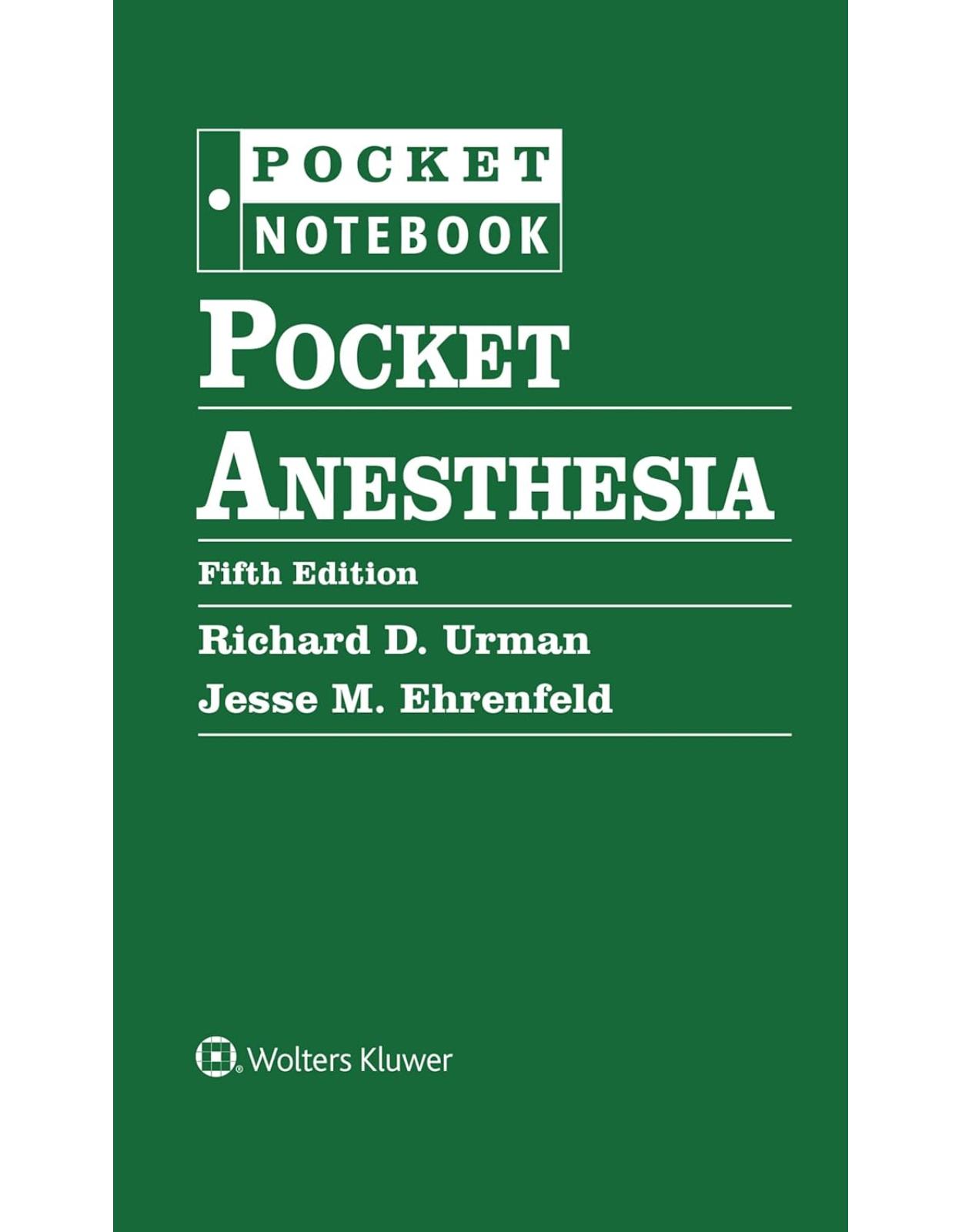
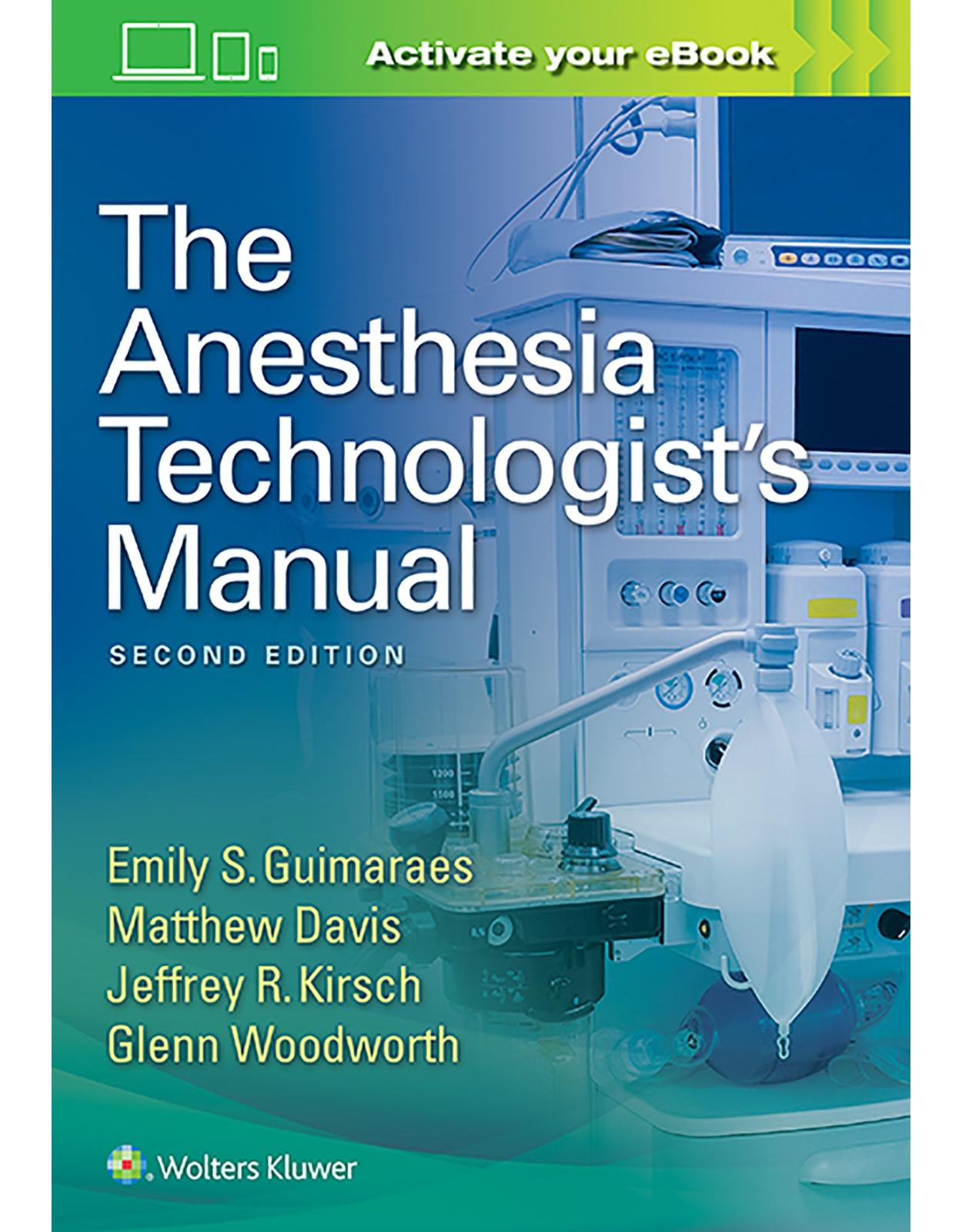
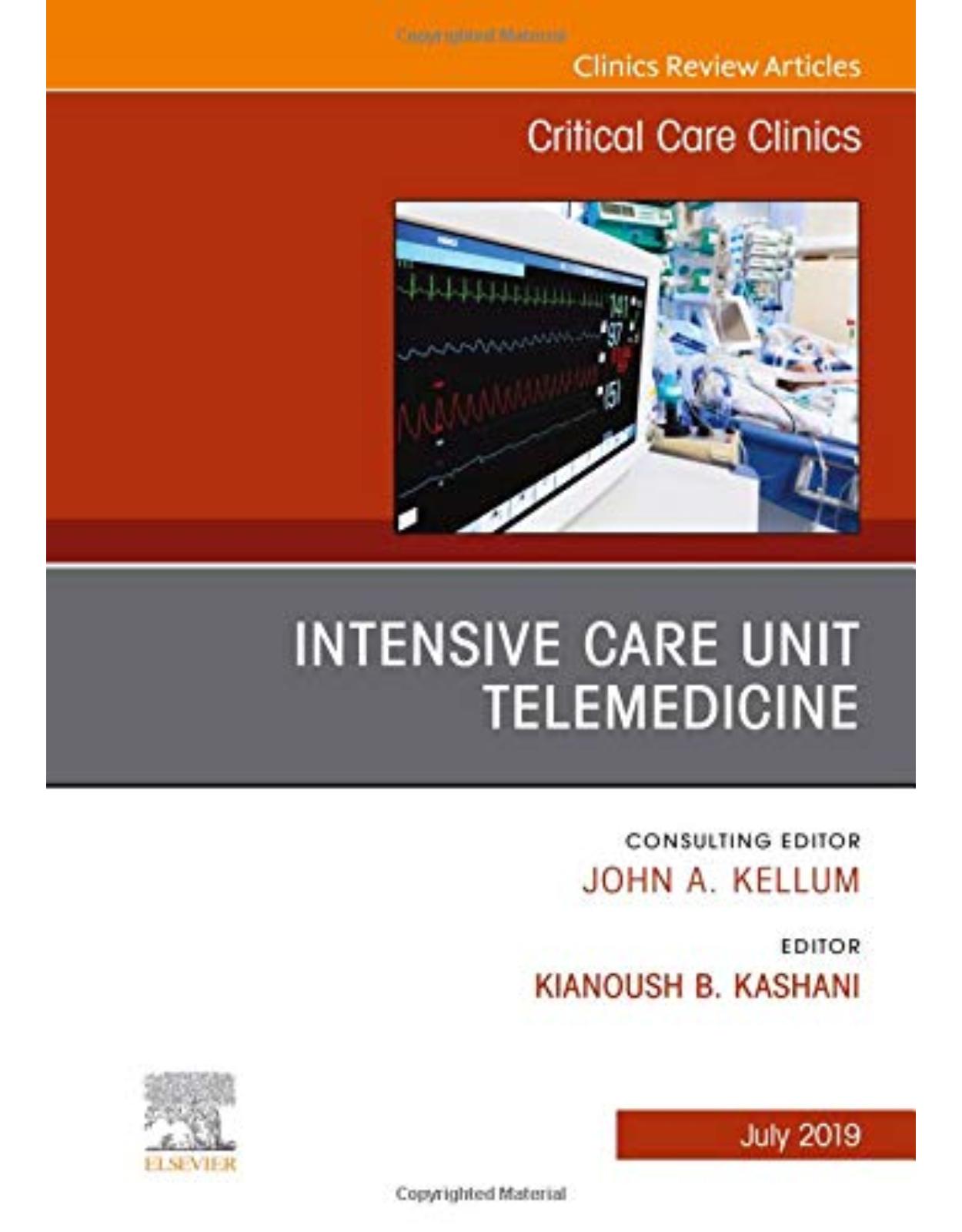
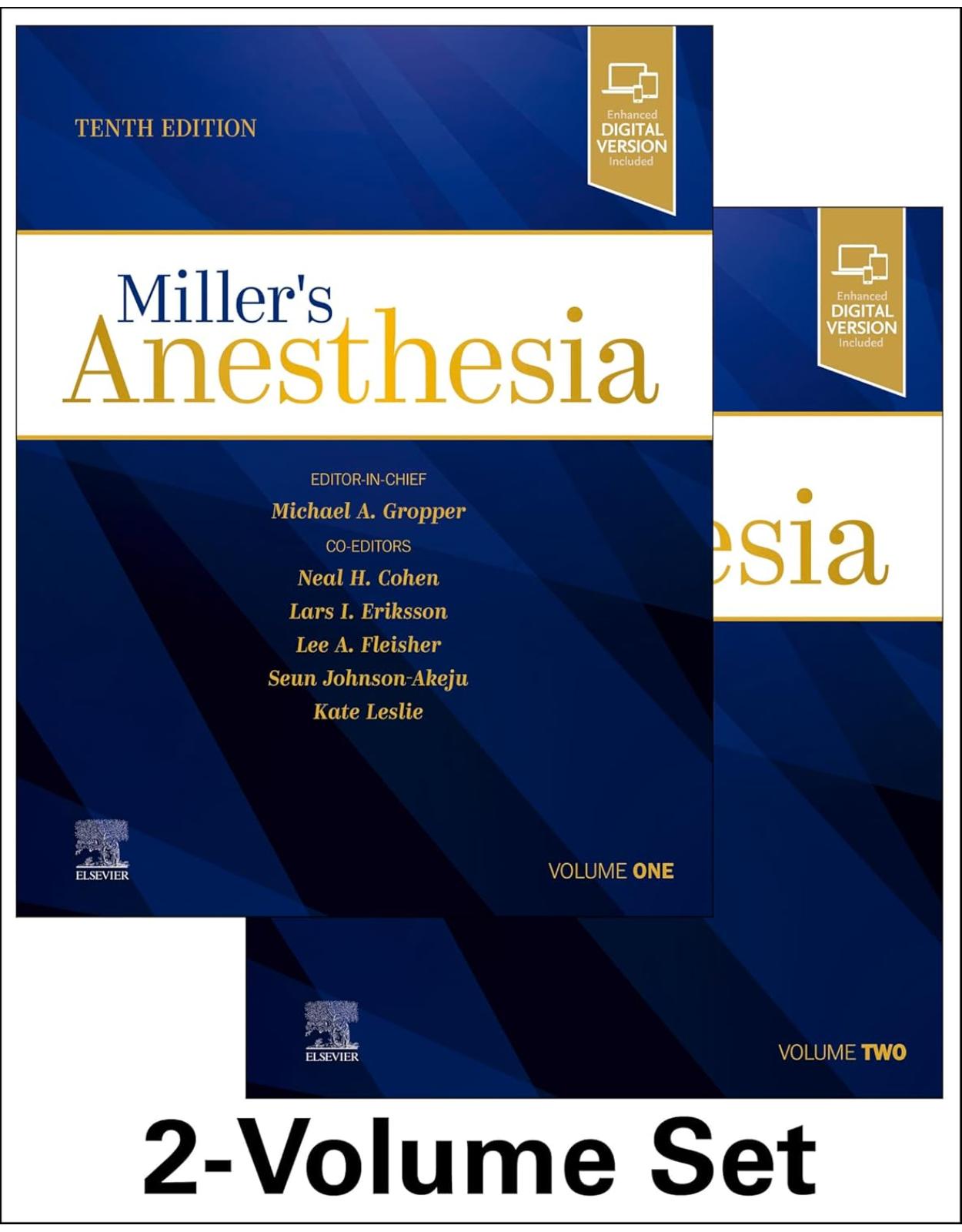
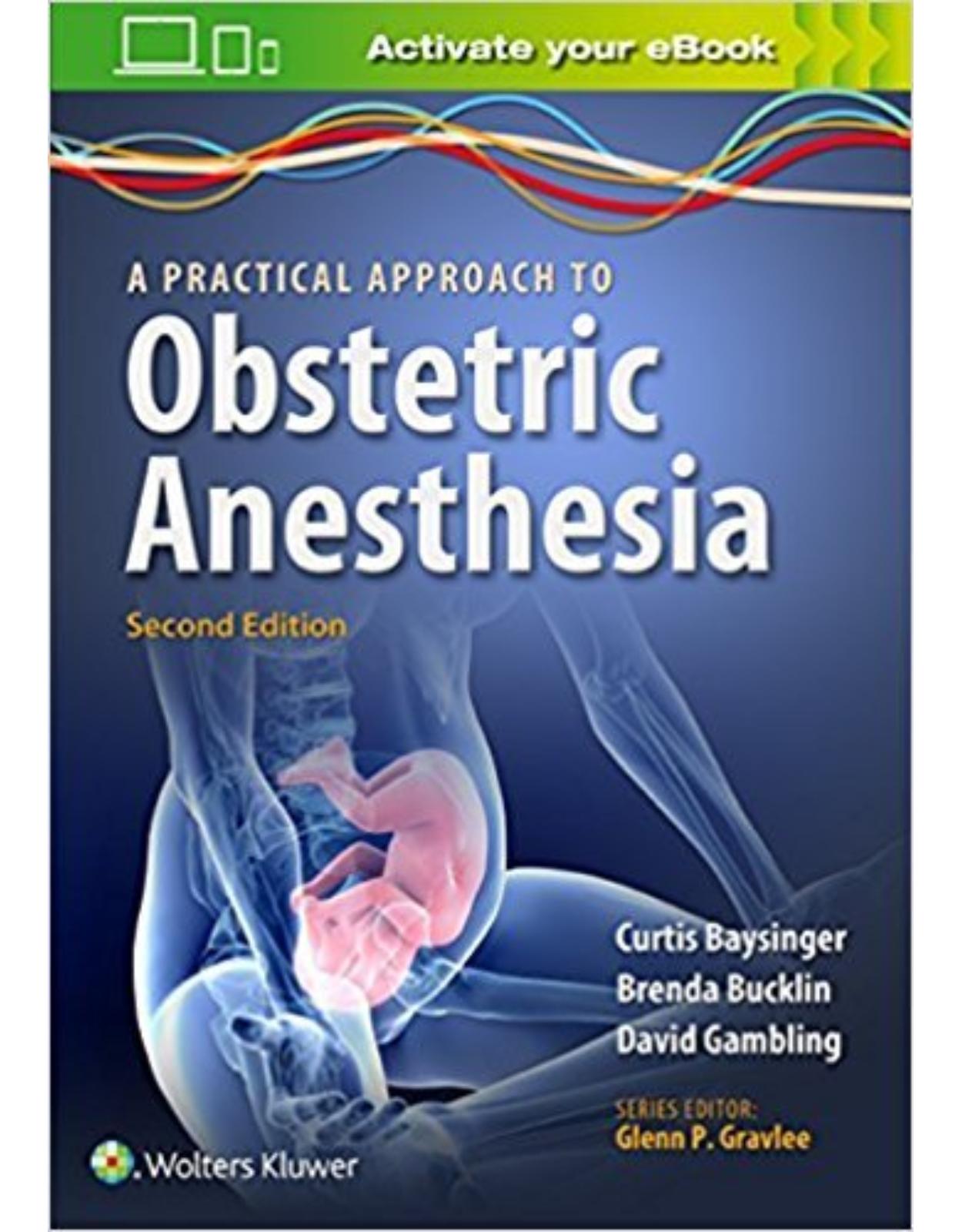
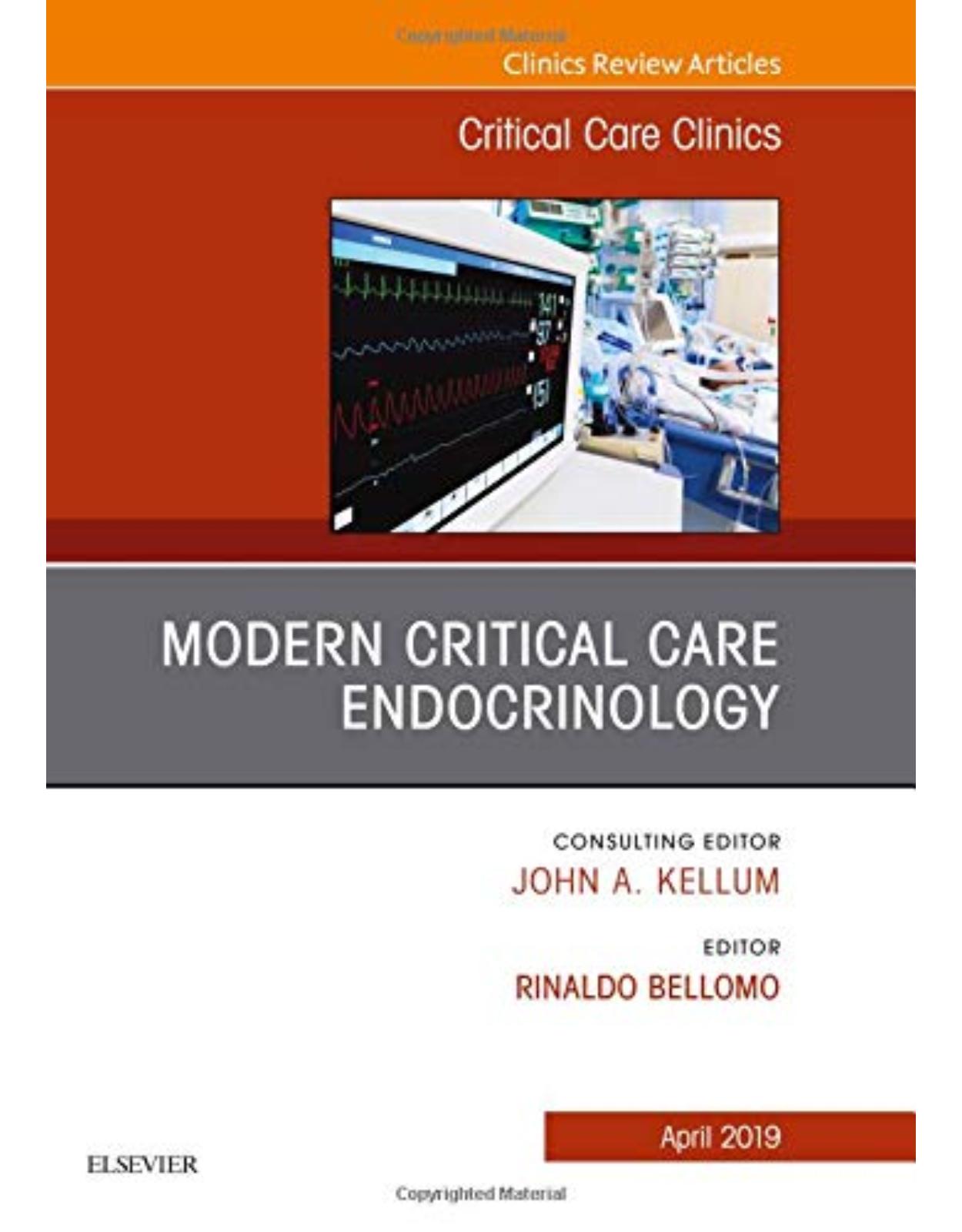
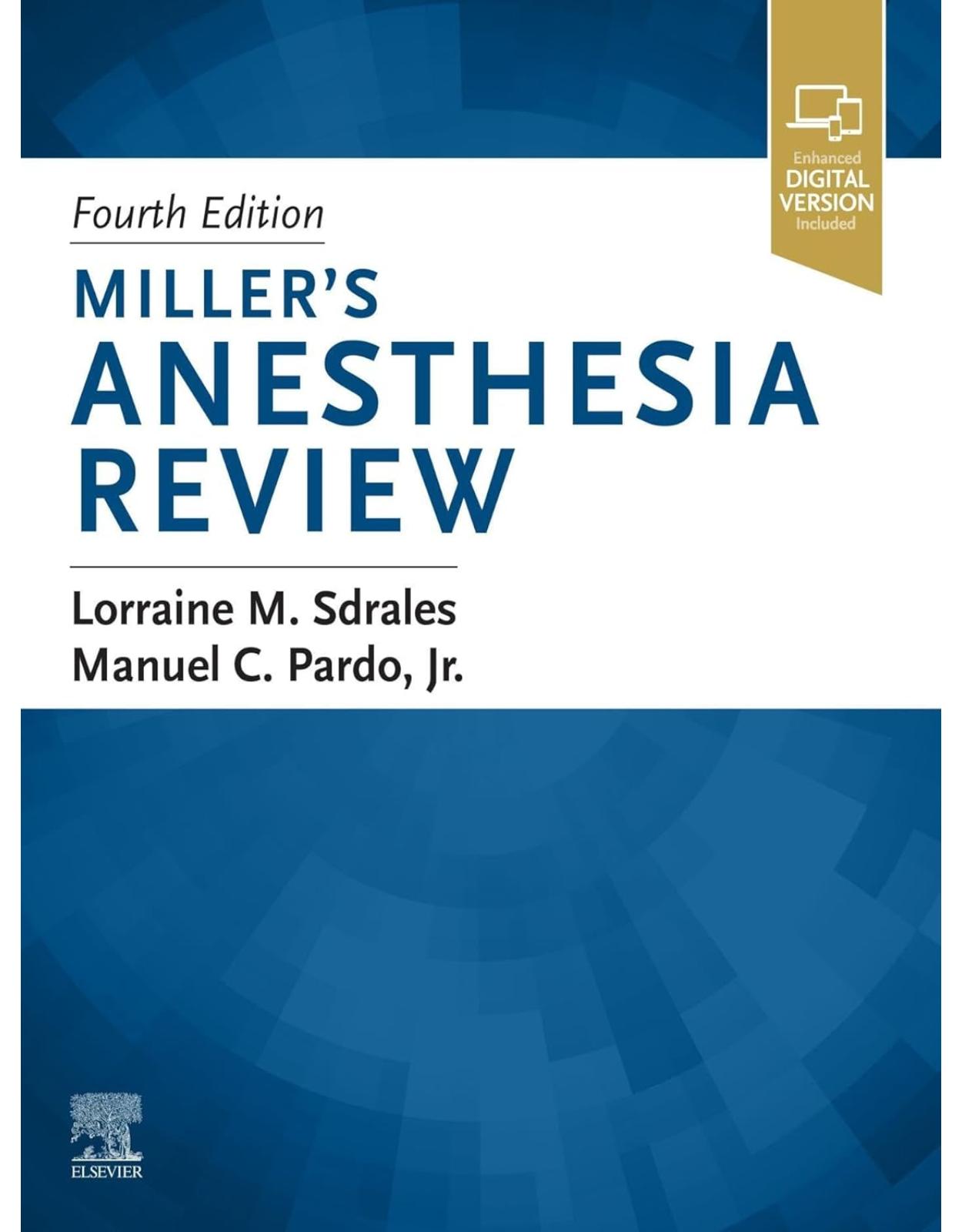
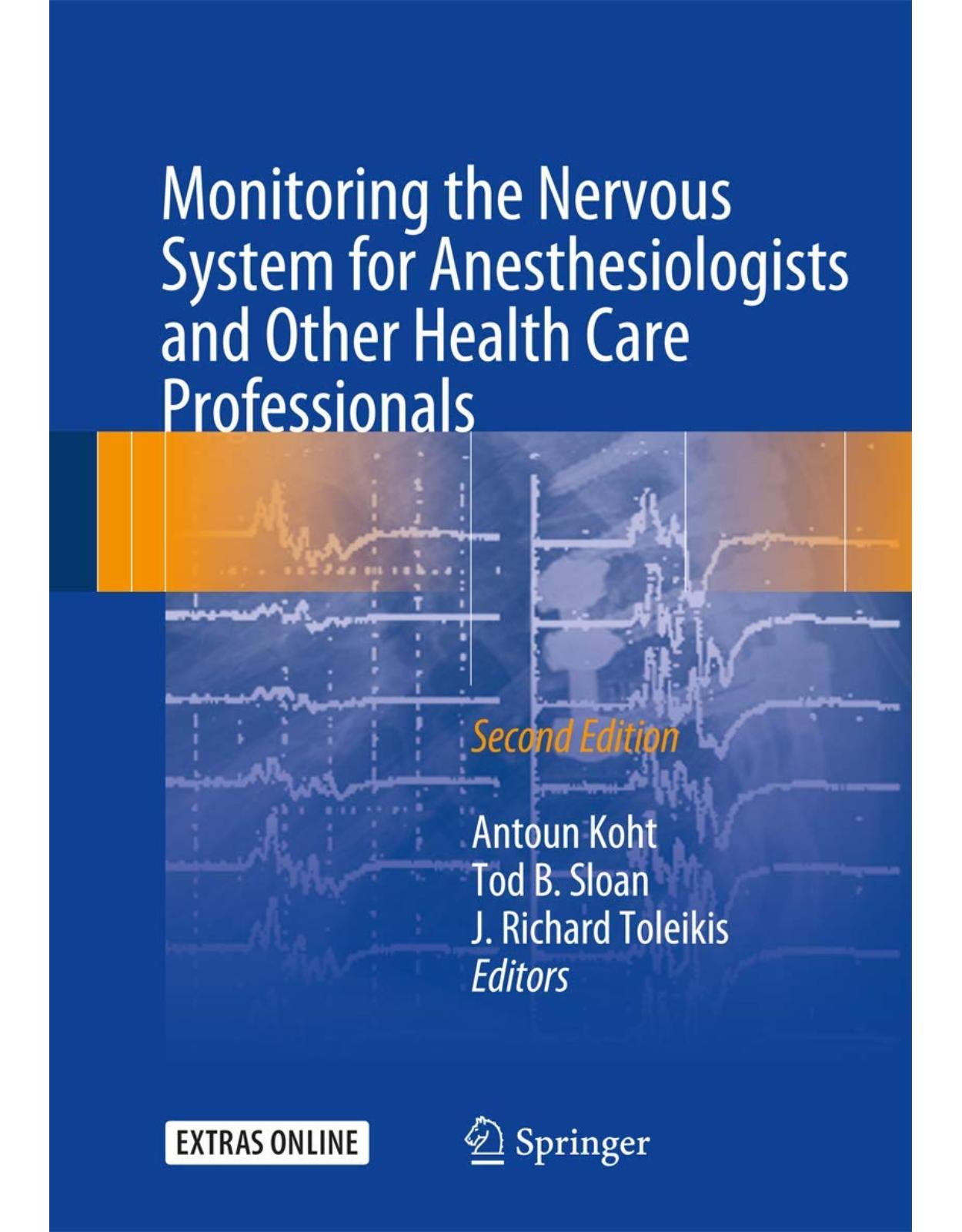
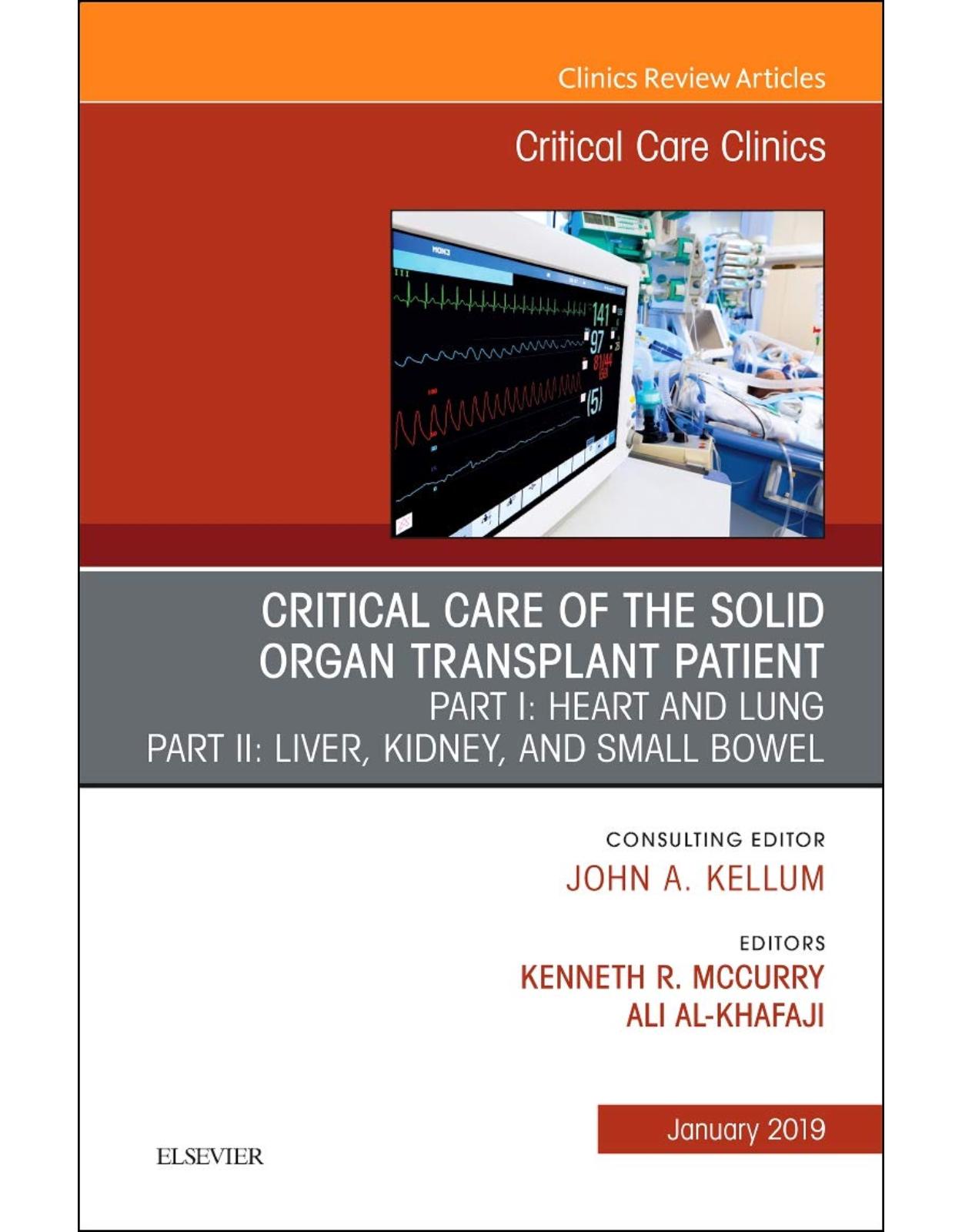

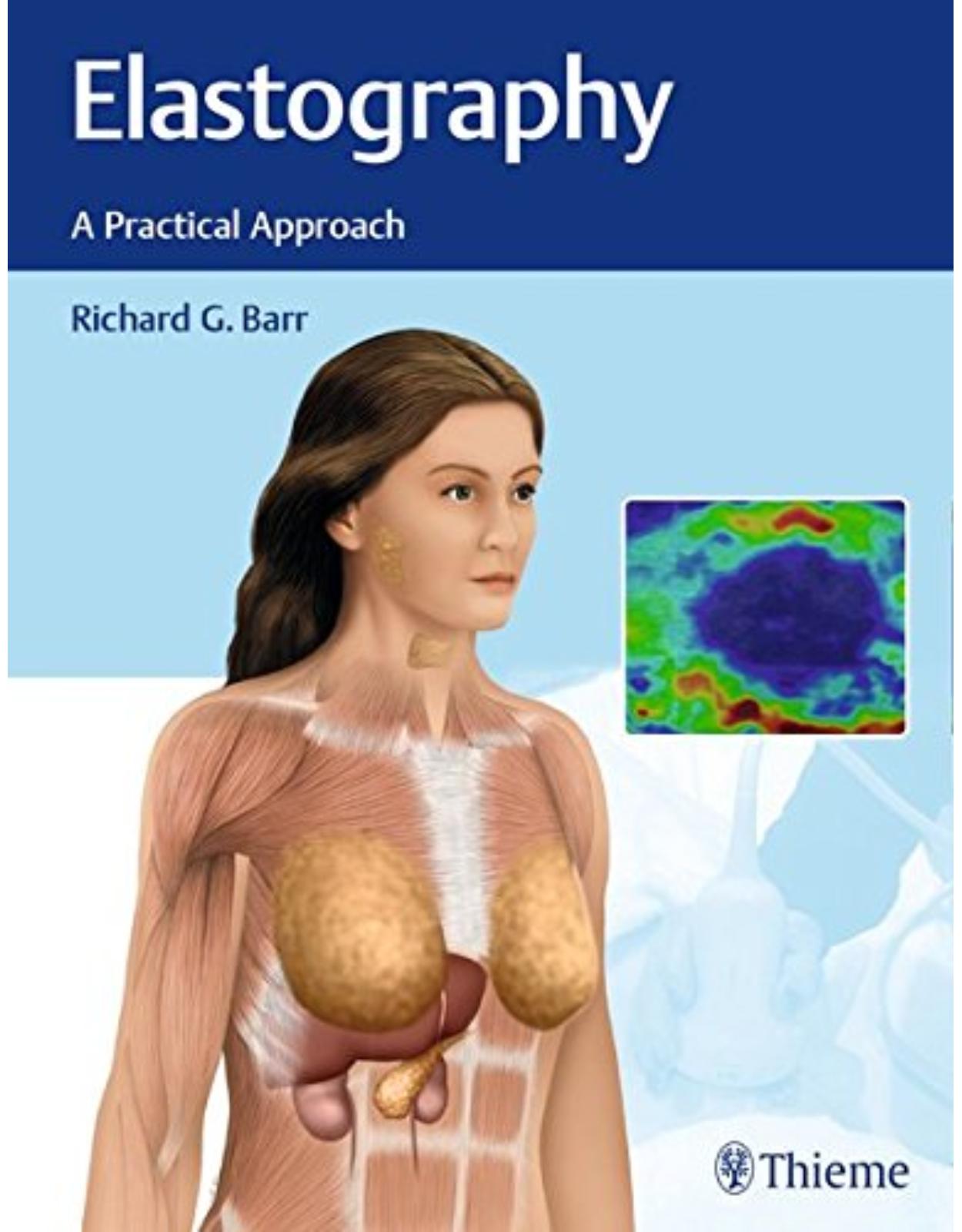
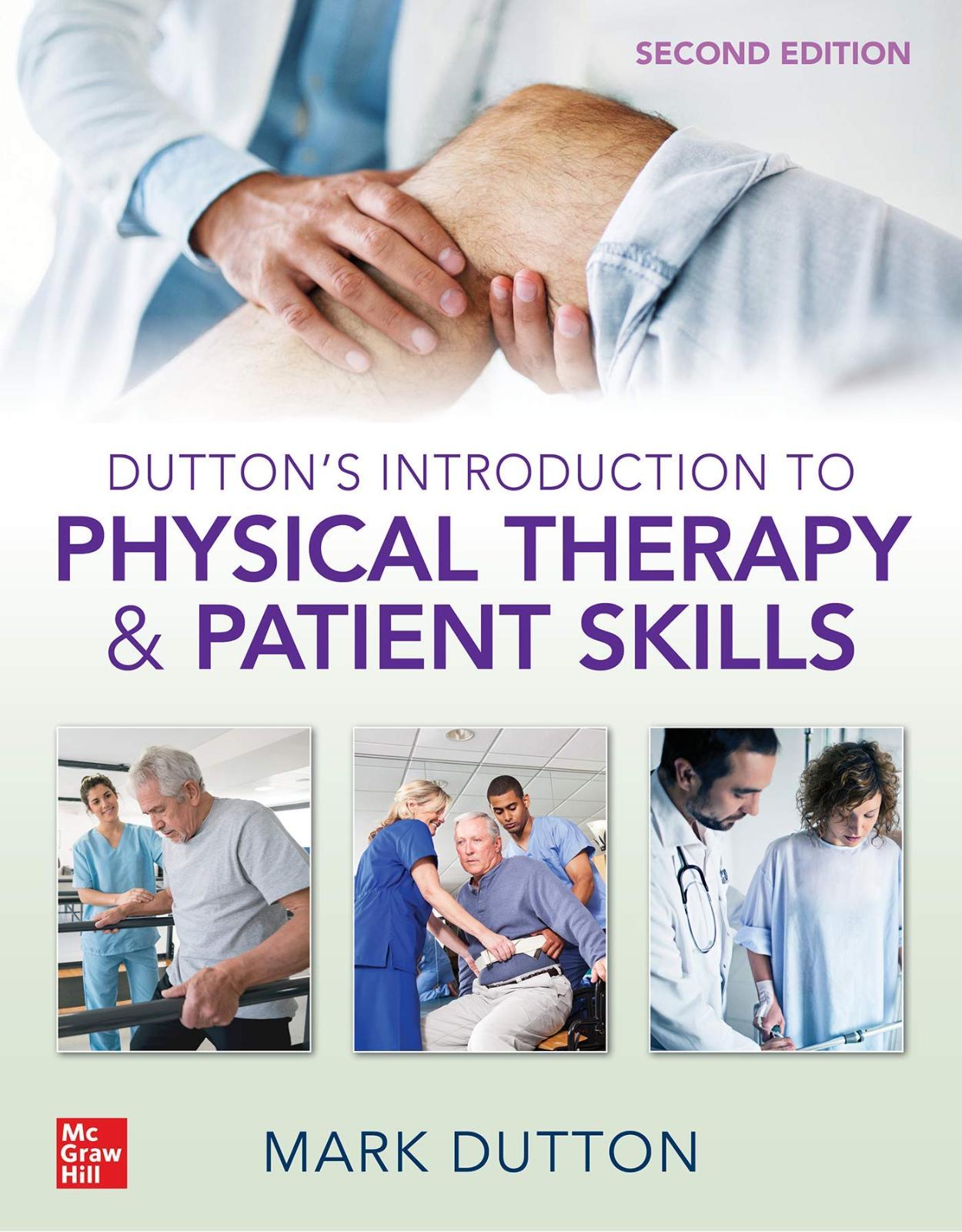


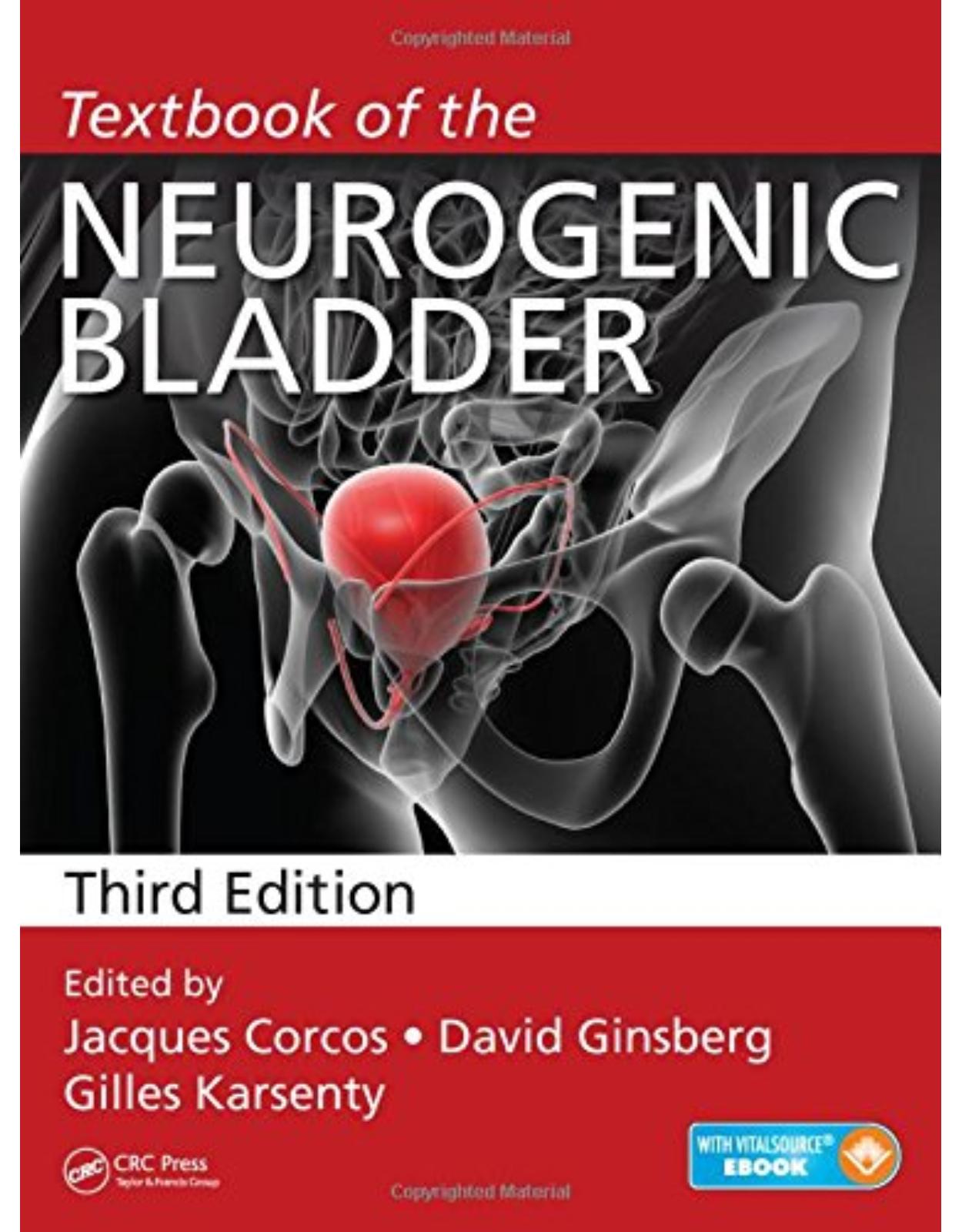
Clientii ebookshop.ro nu au adaugat inca opinii pentru acest produs. Fii primul care adauga o parere, folosind formularul de mai jos.